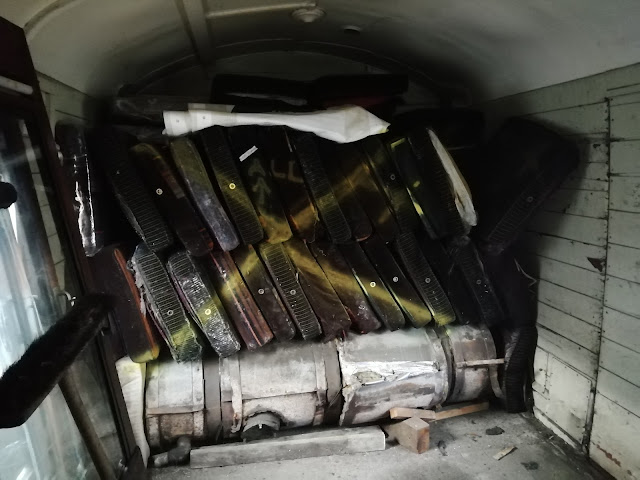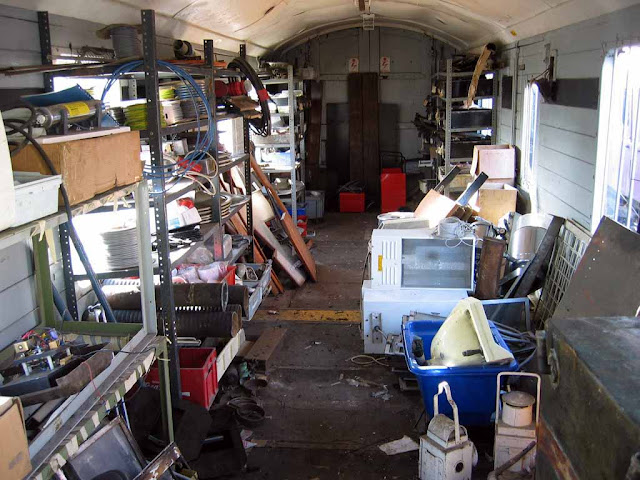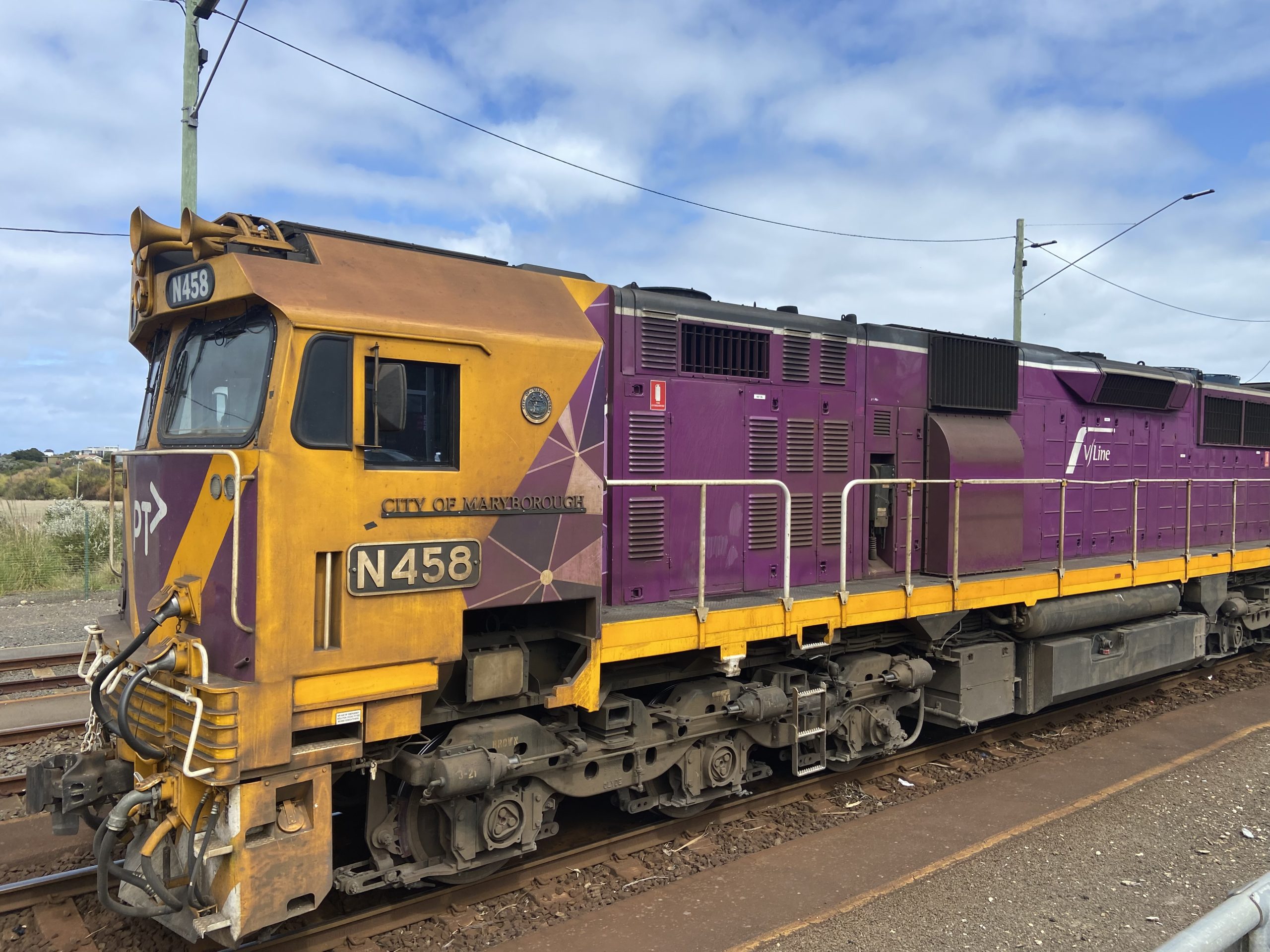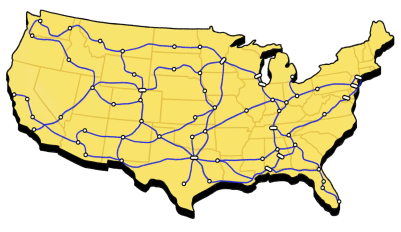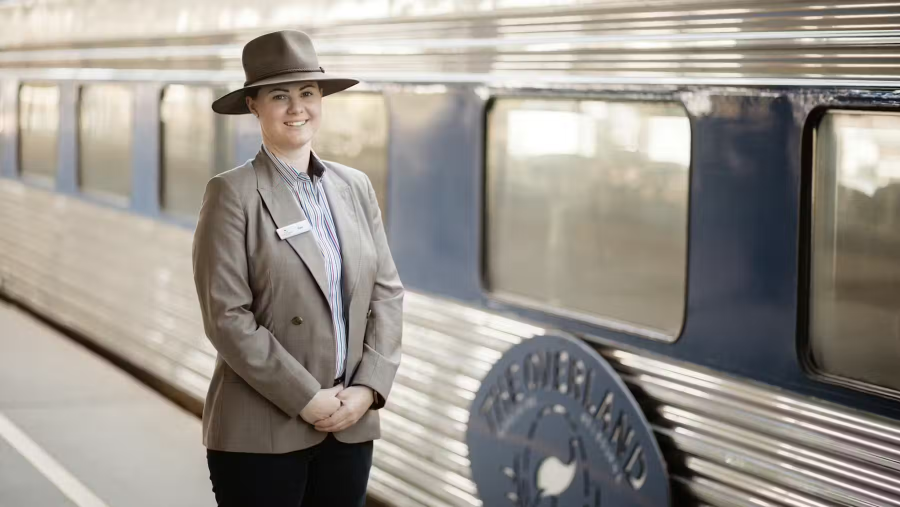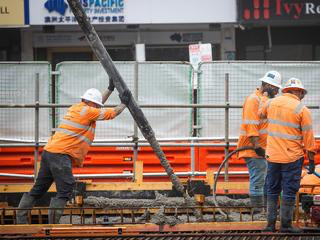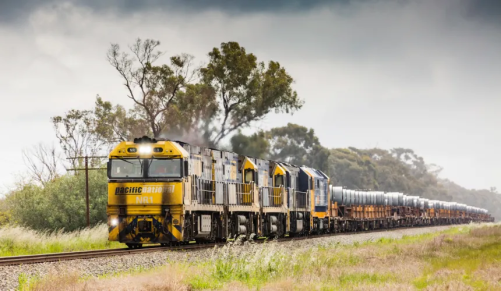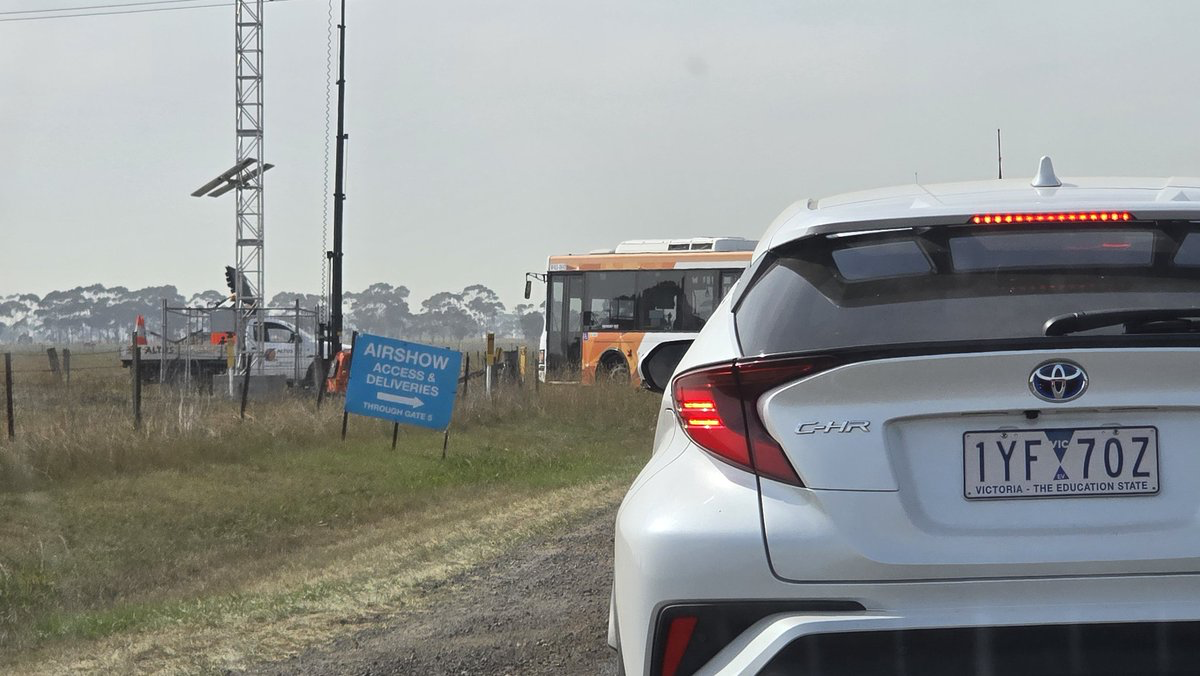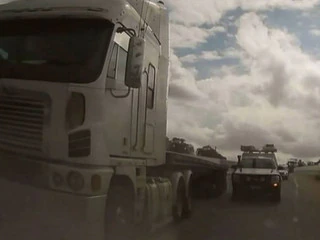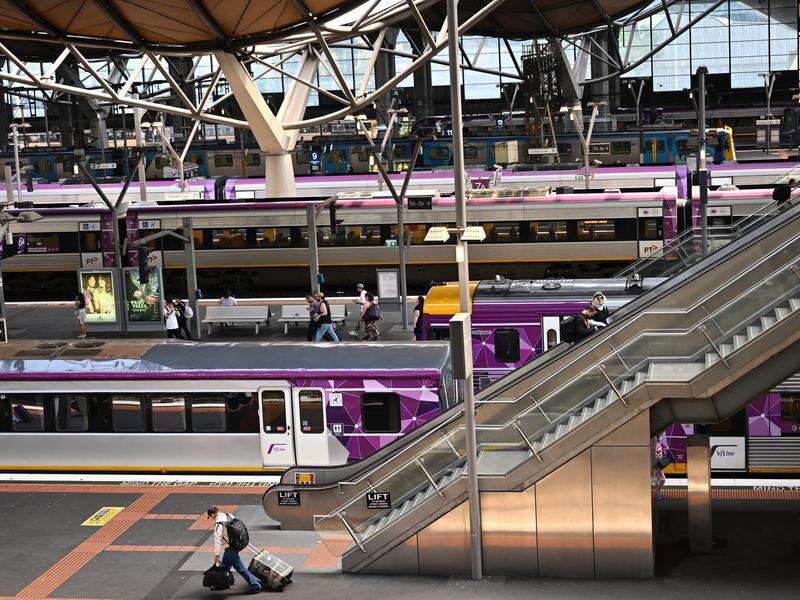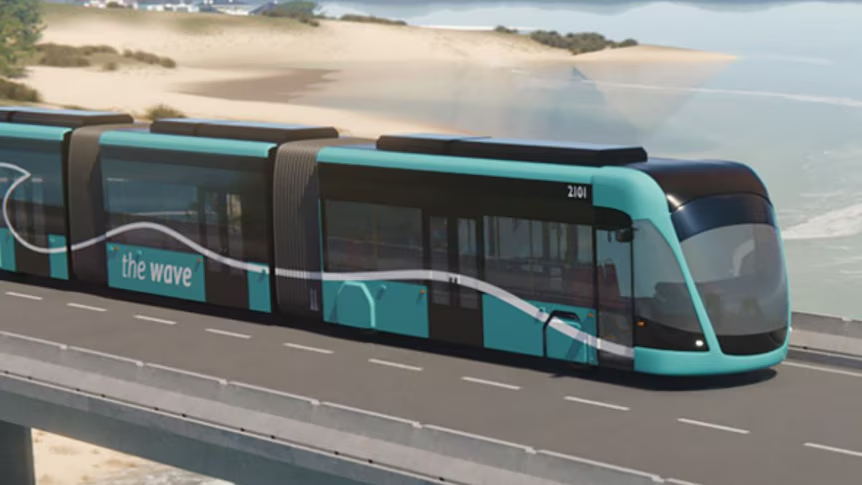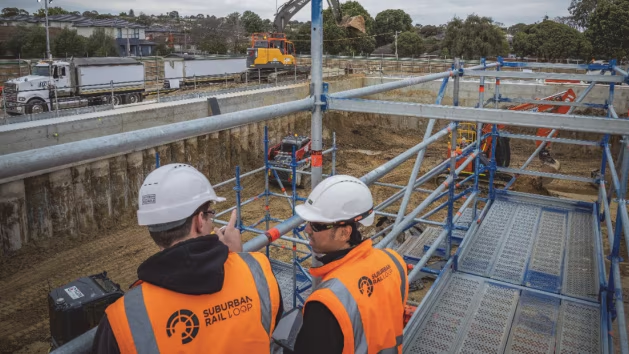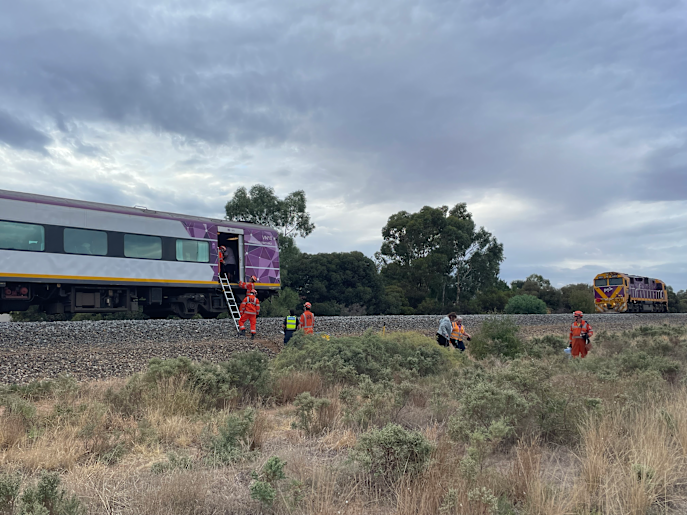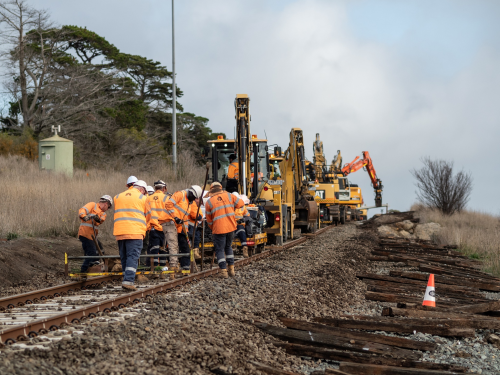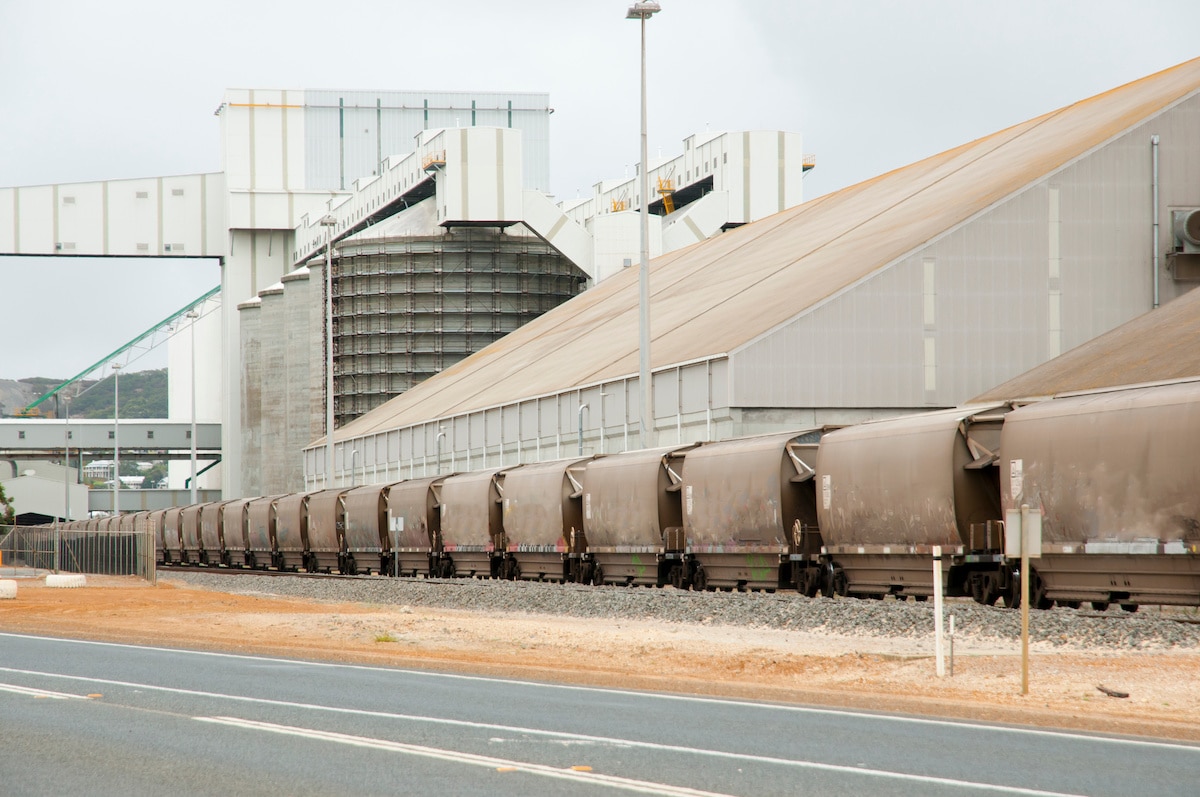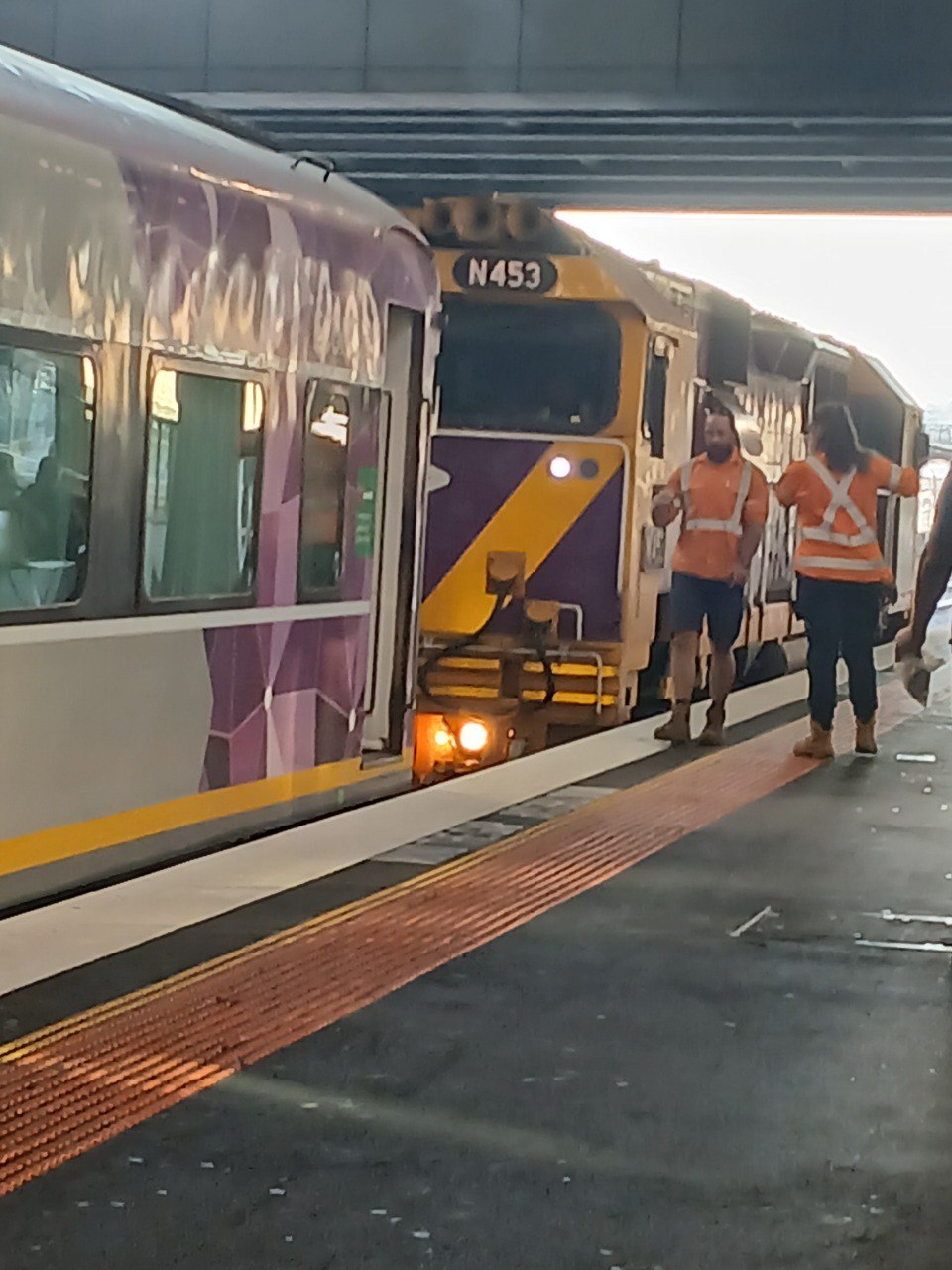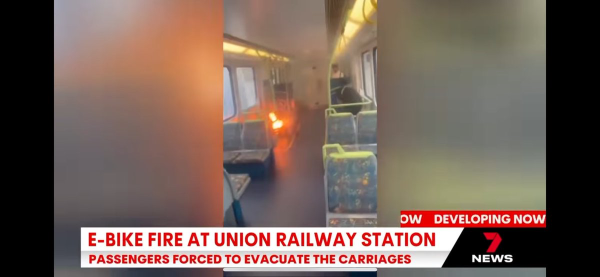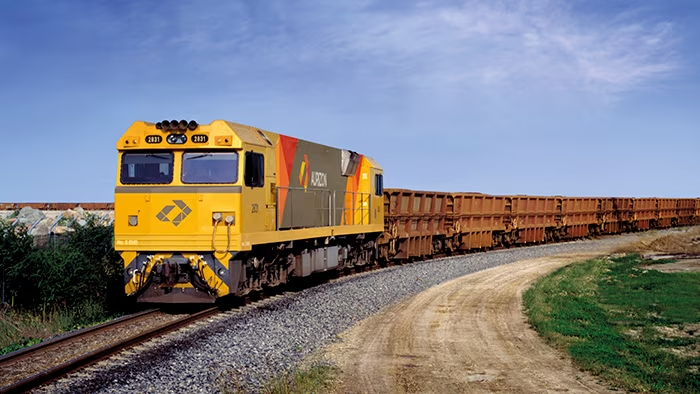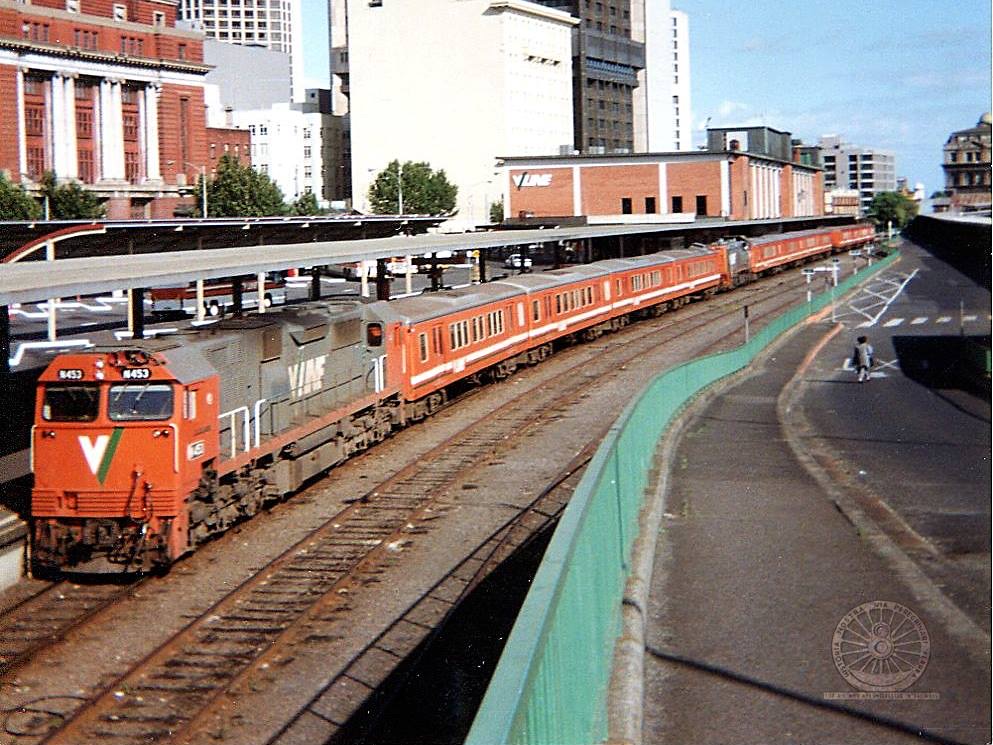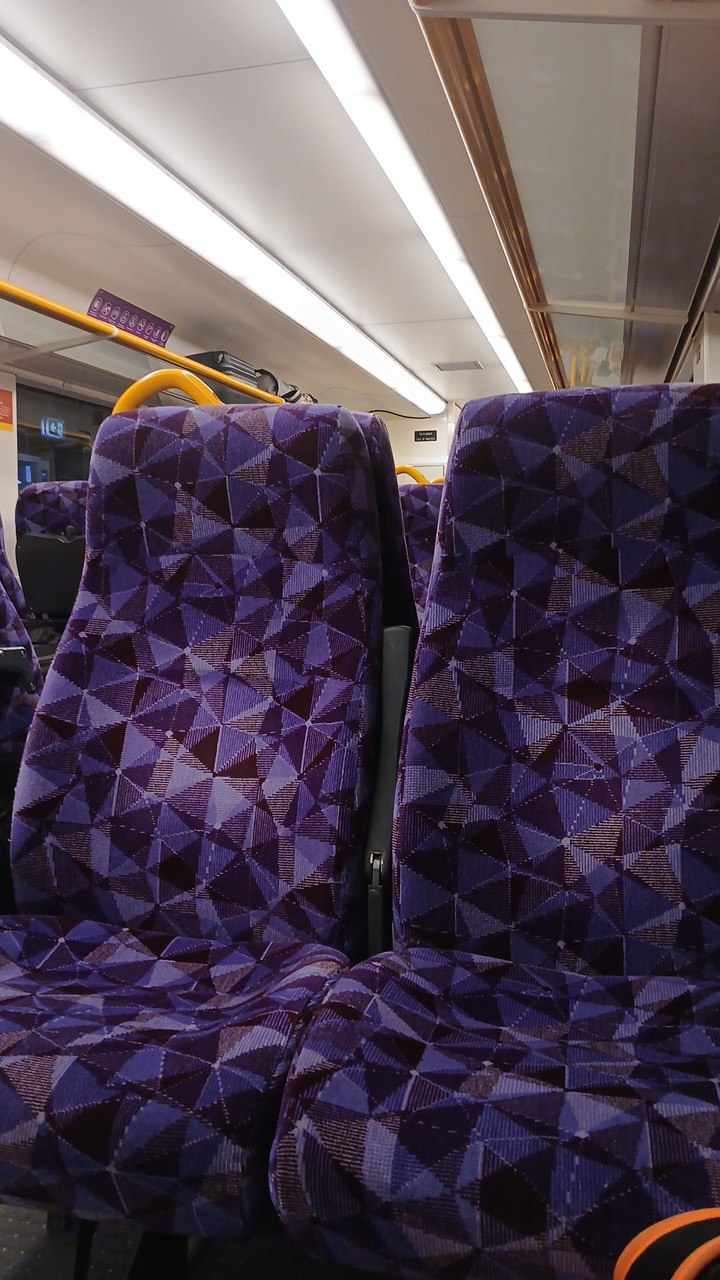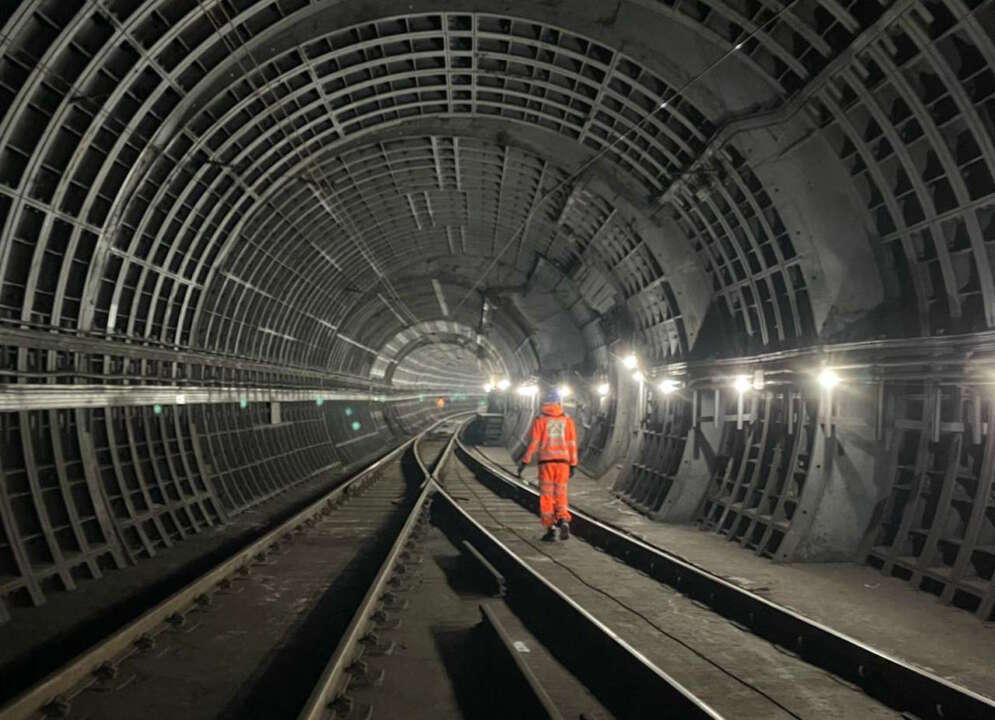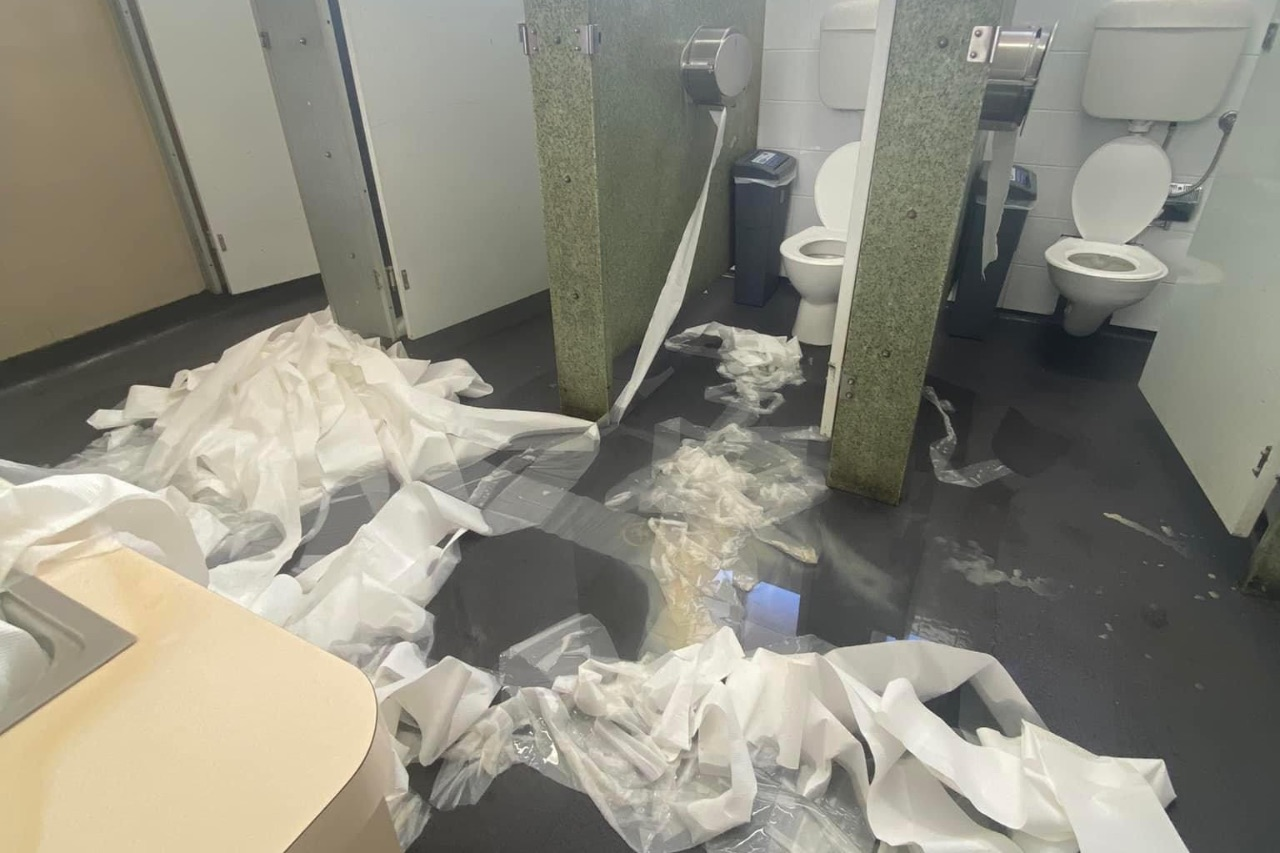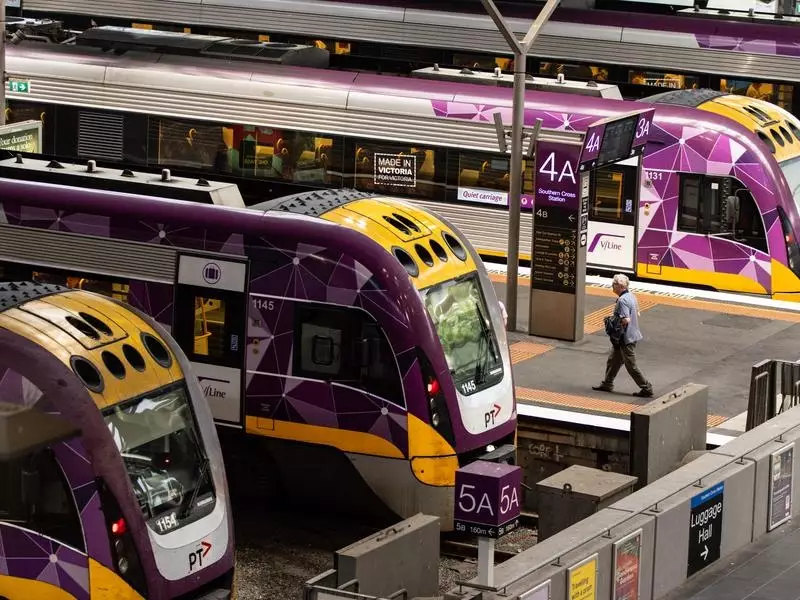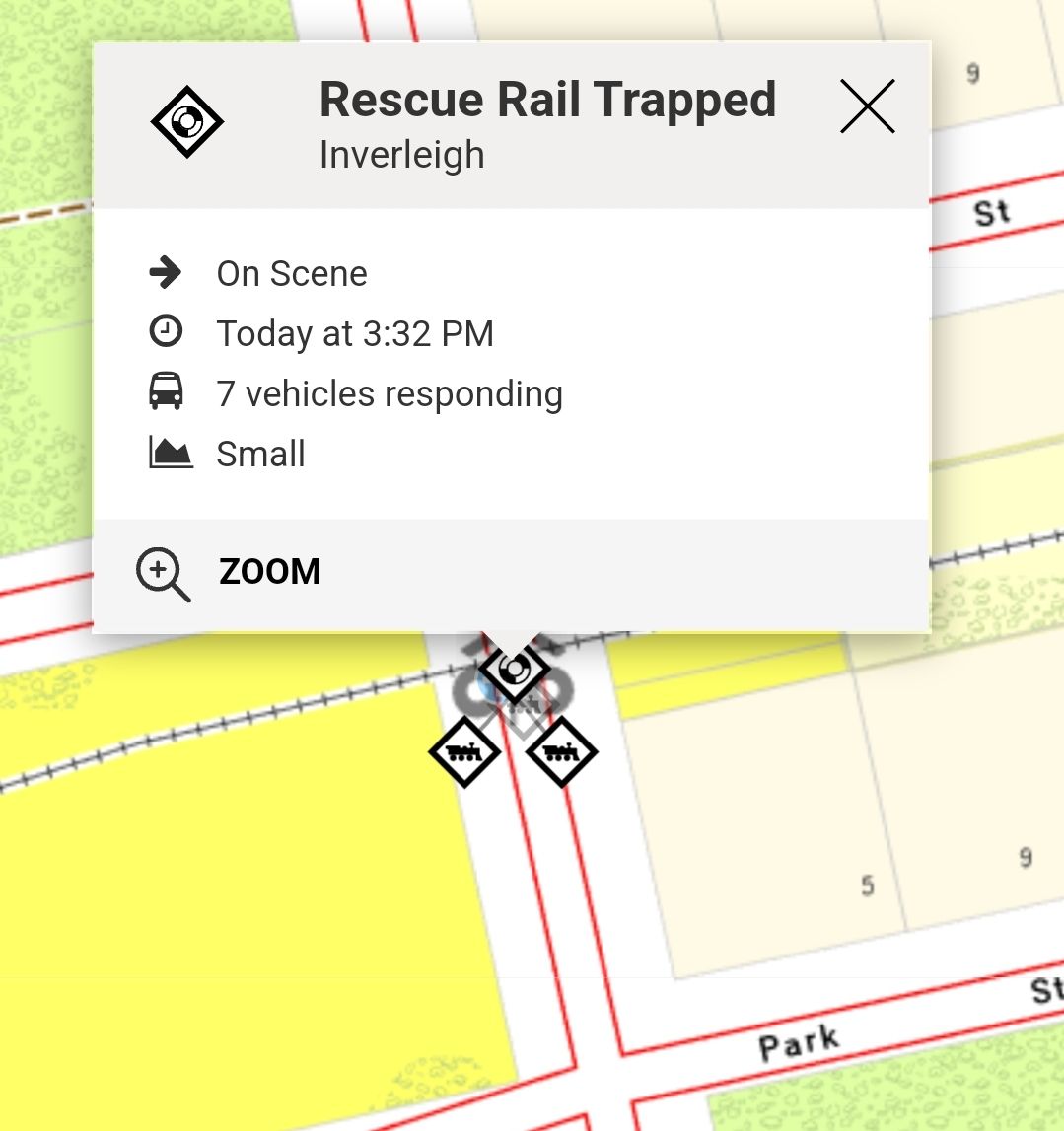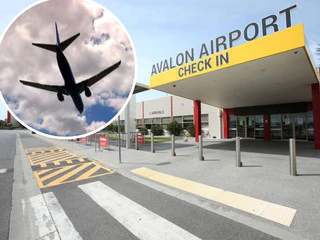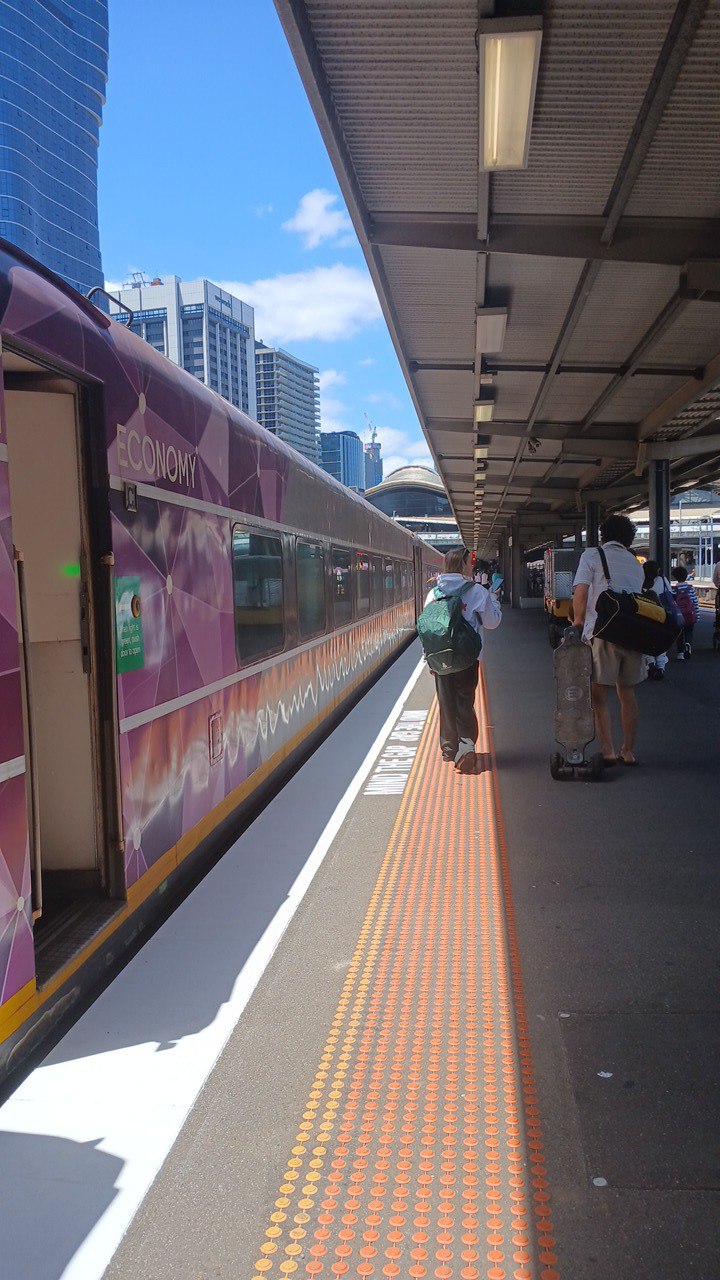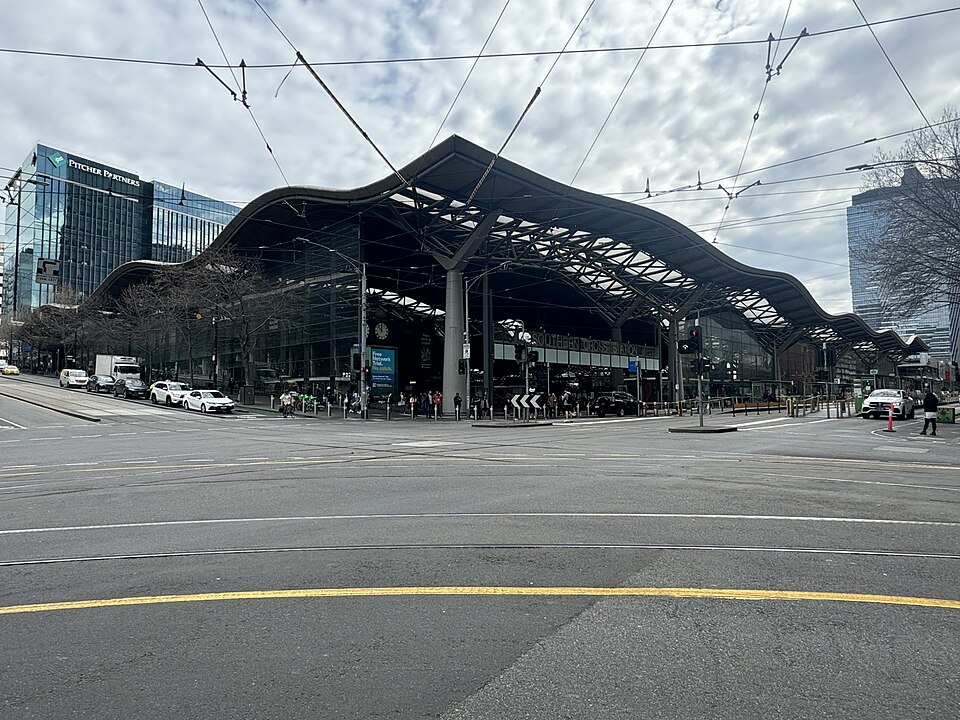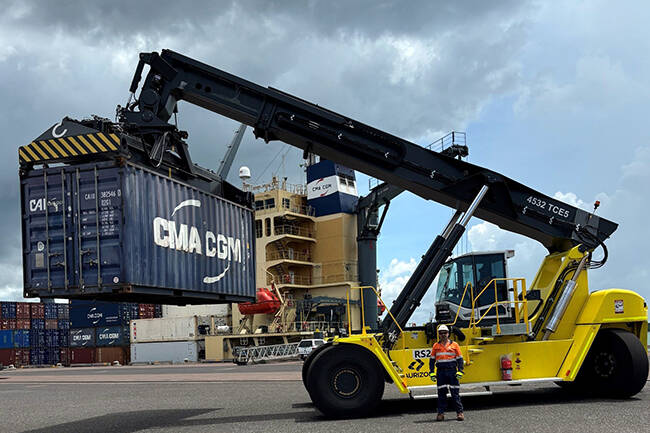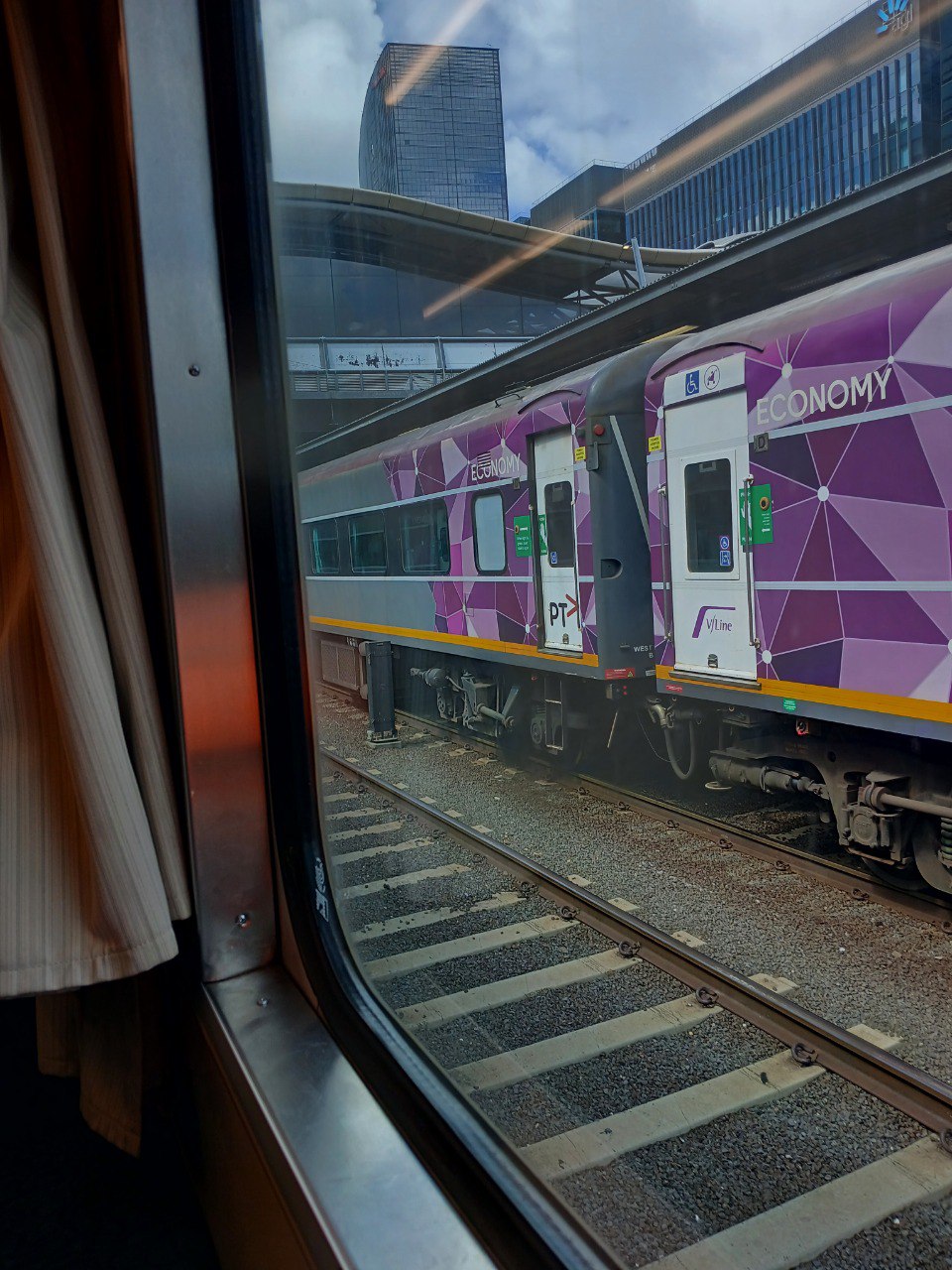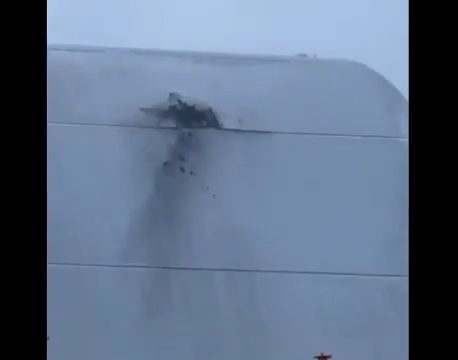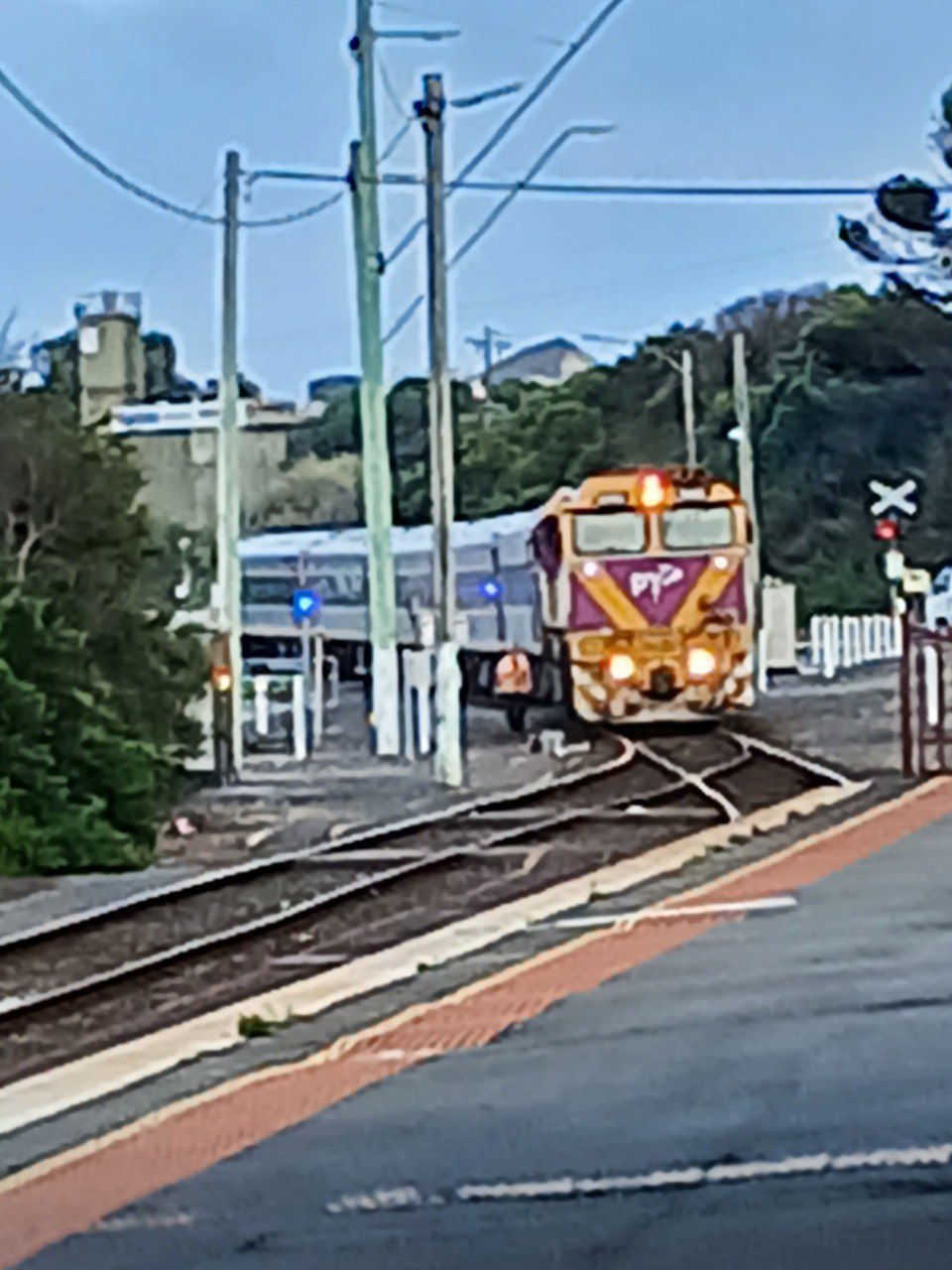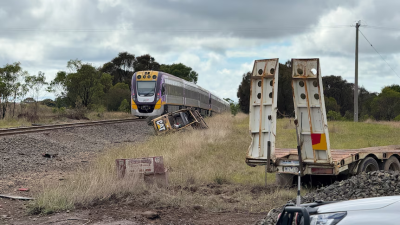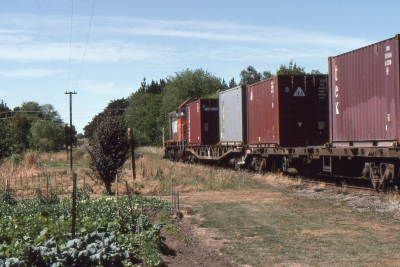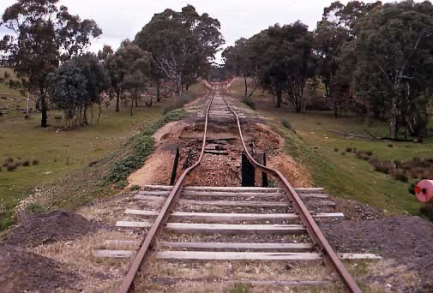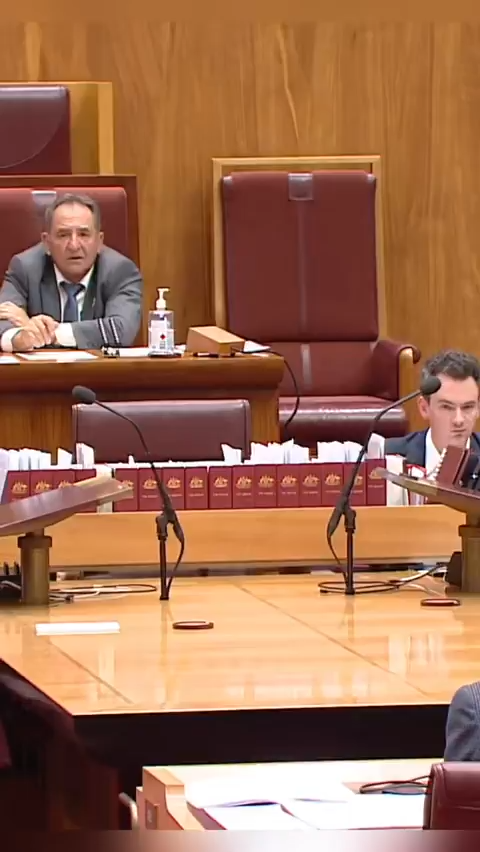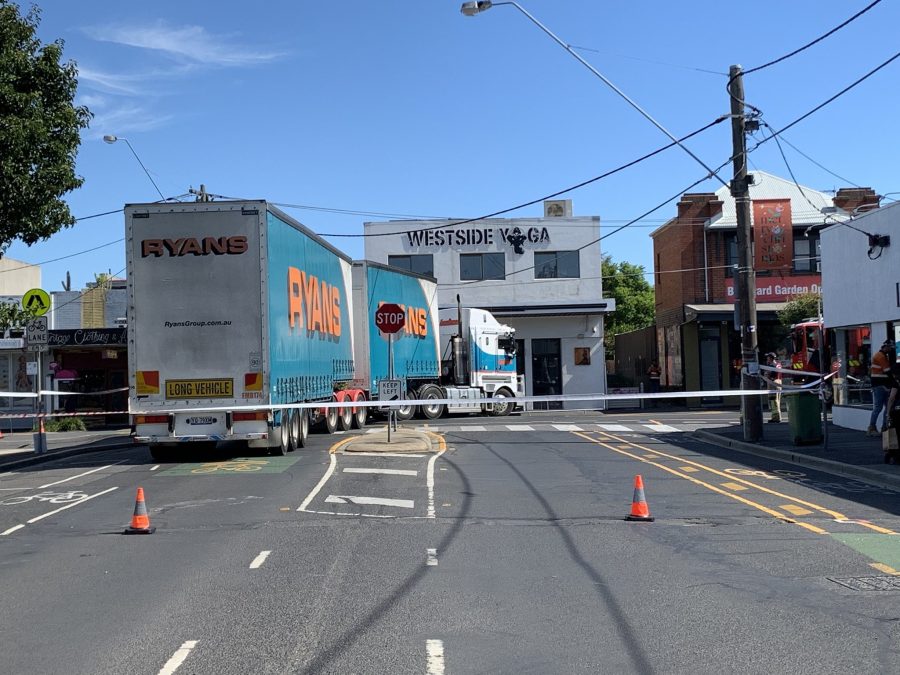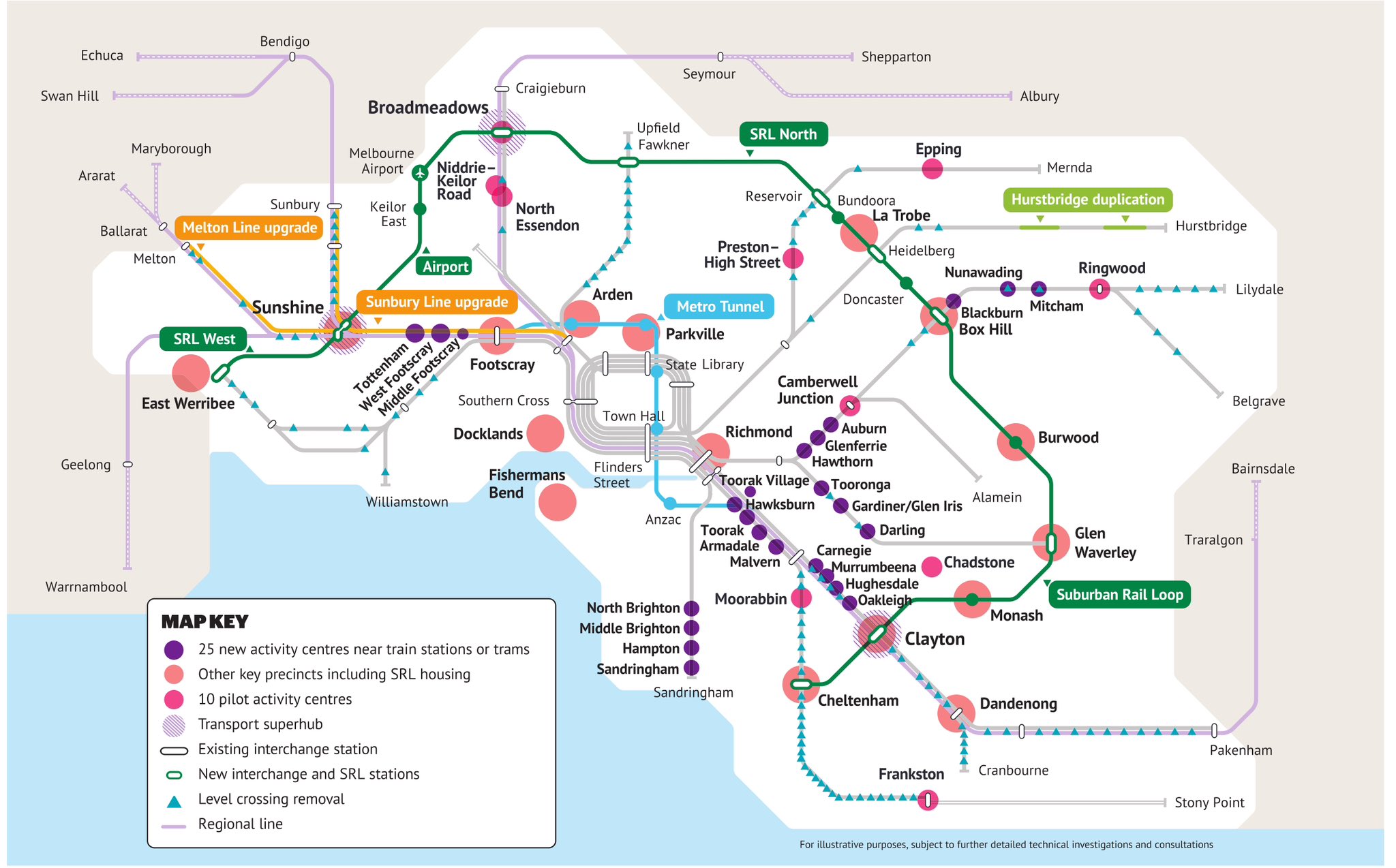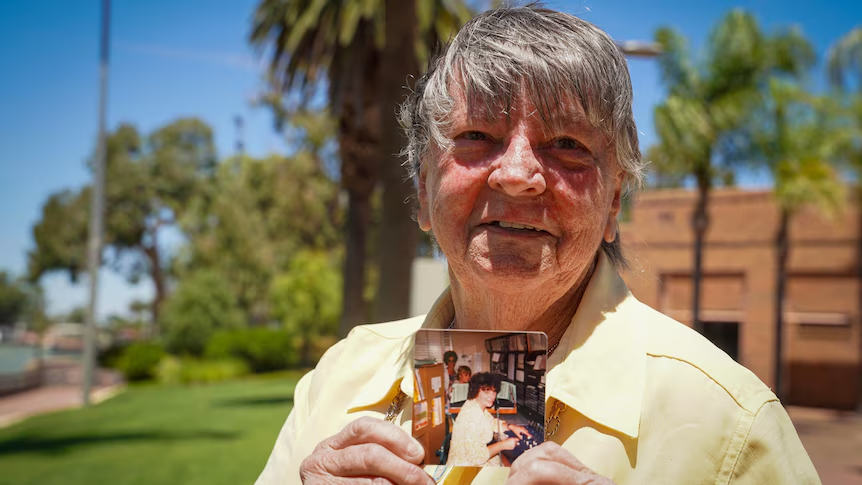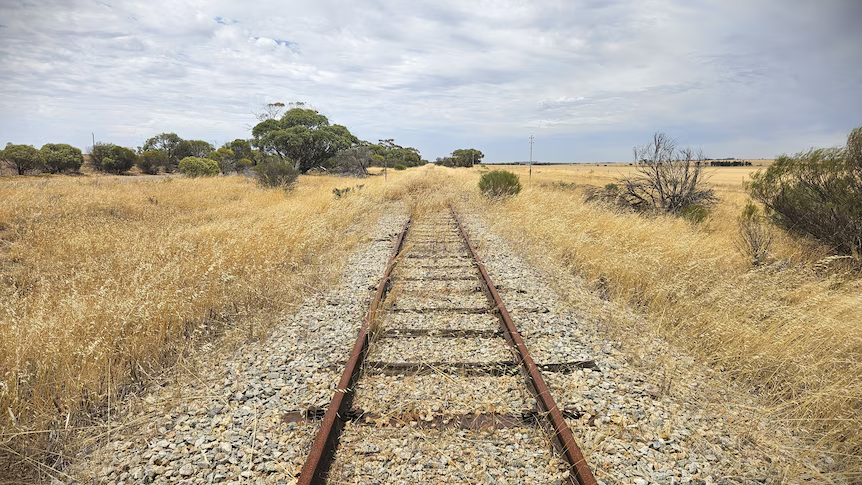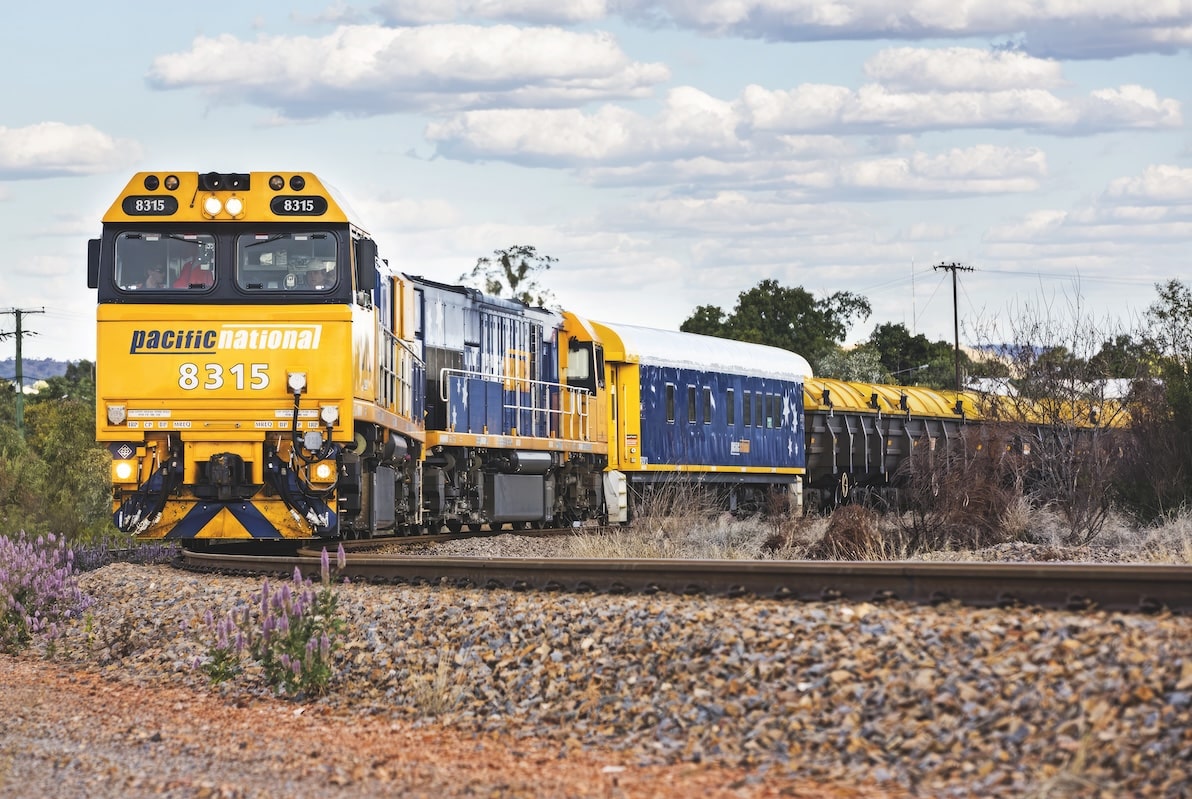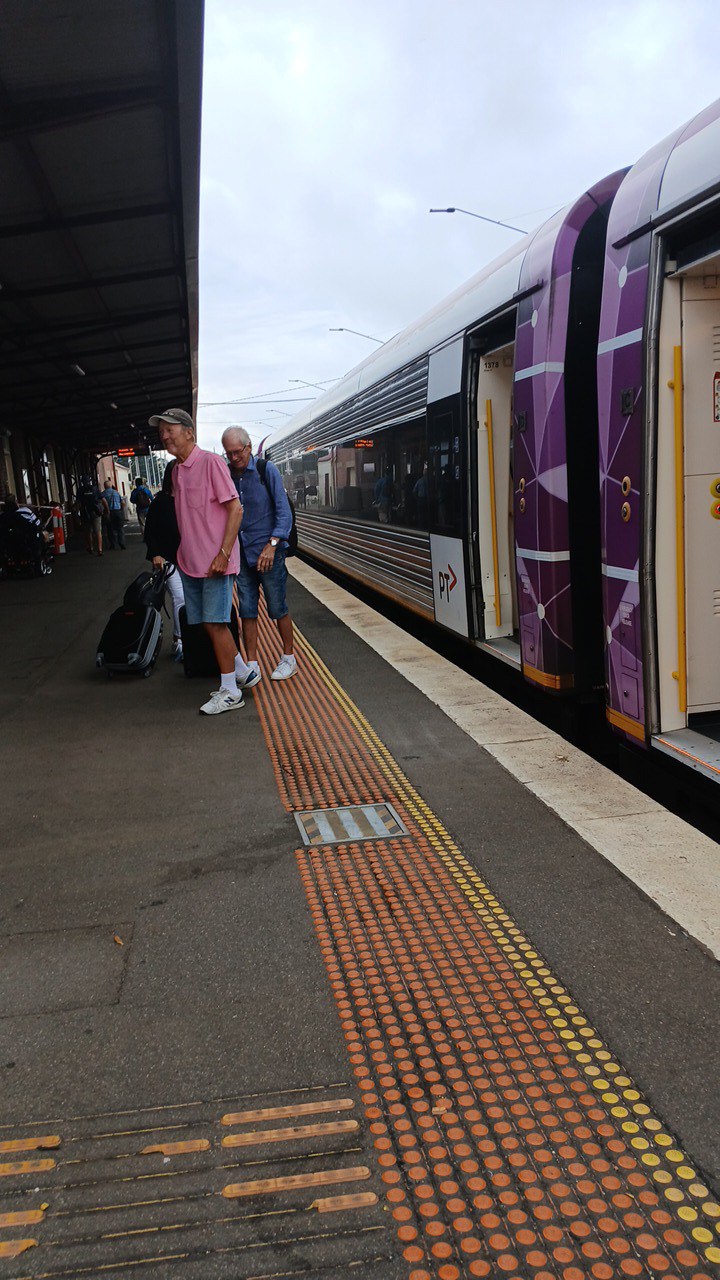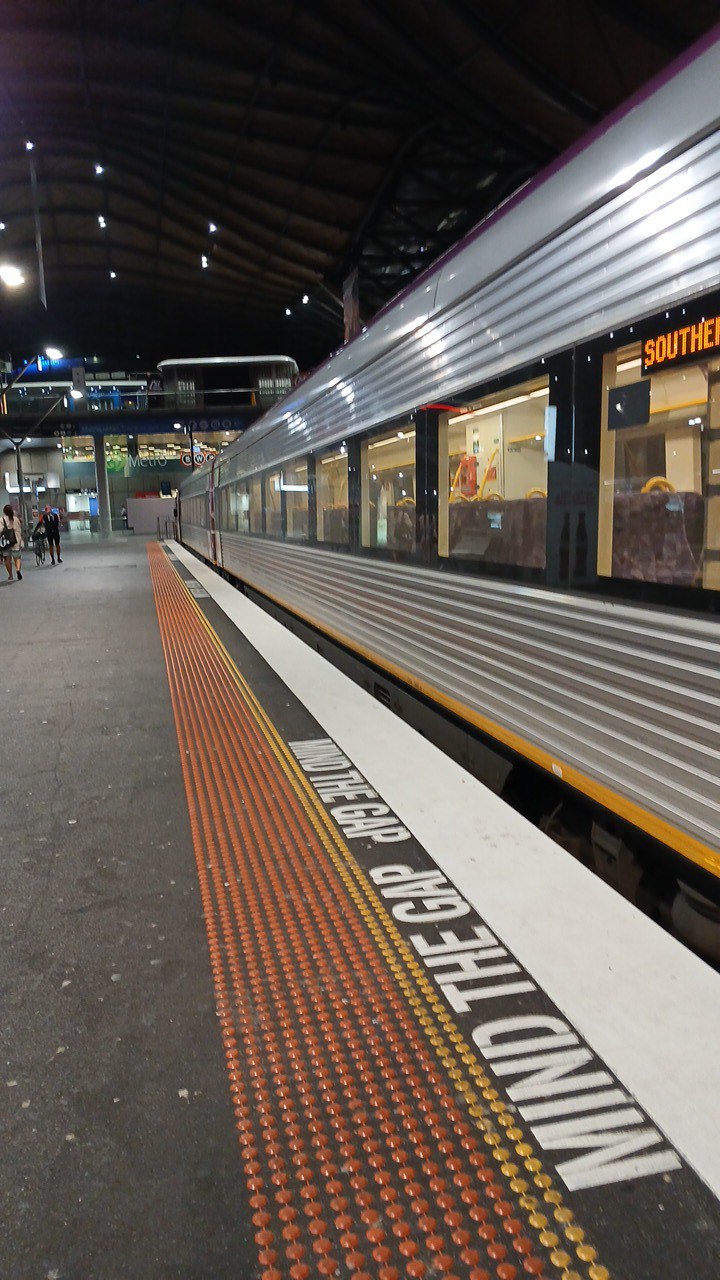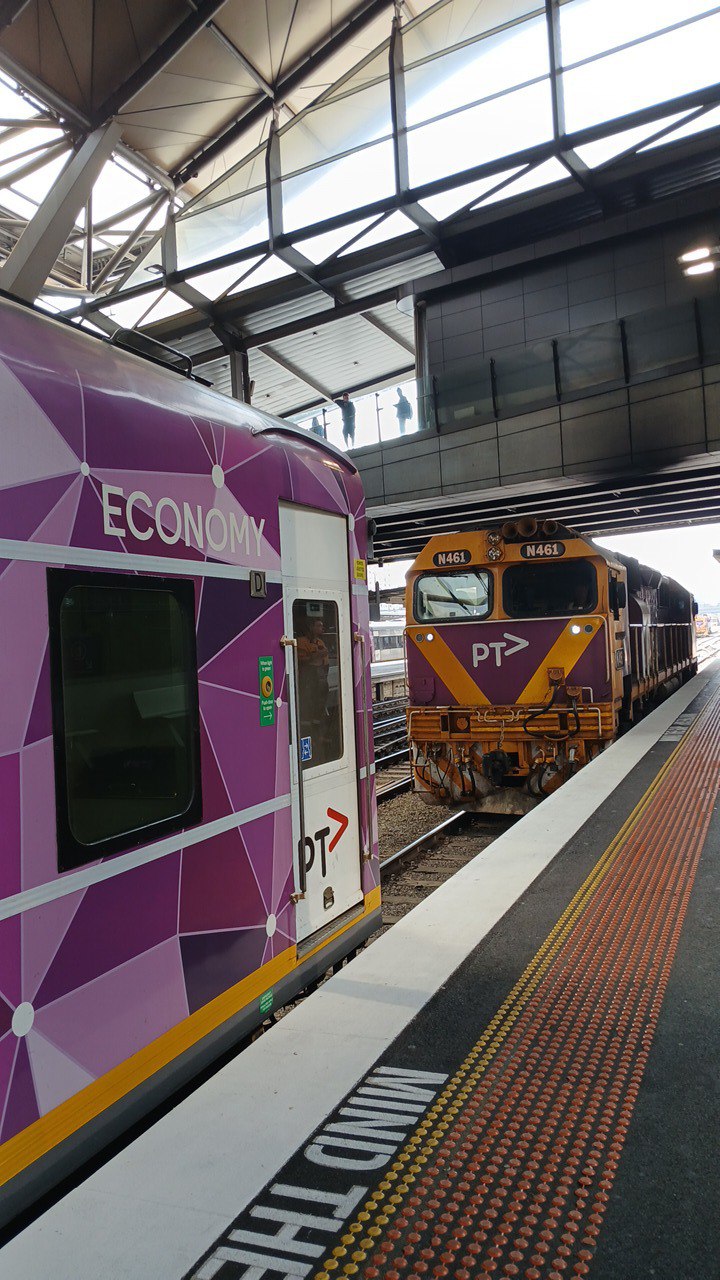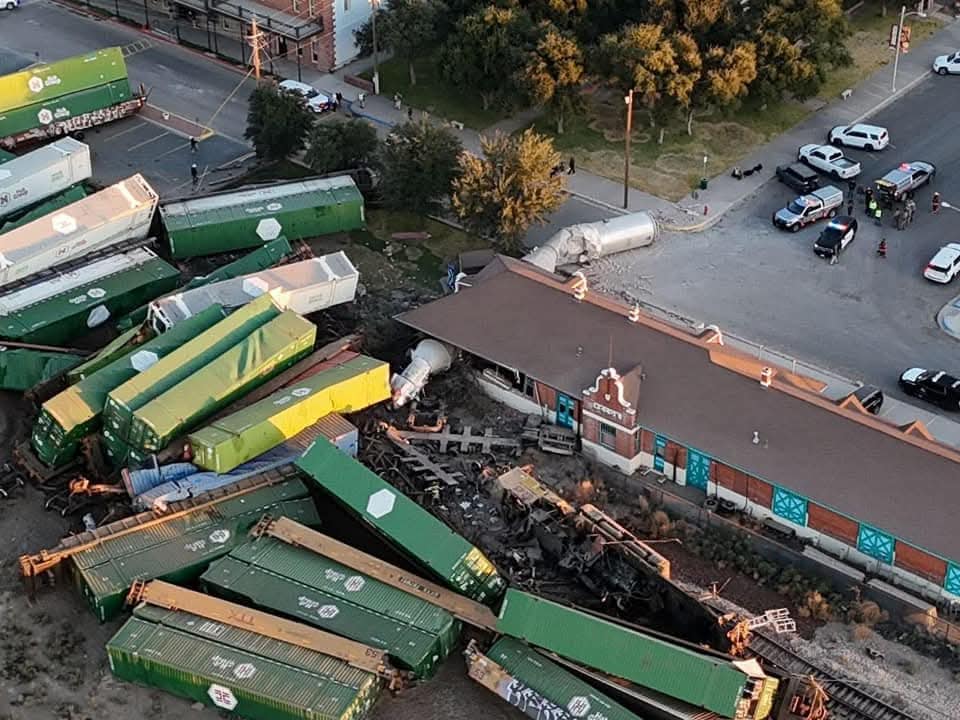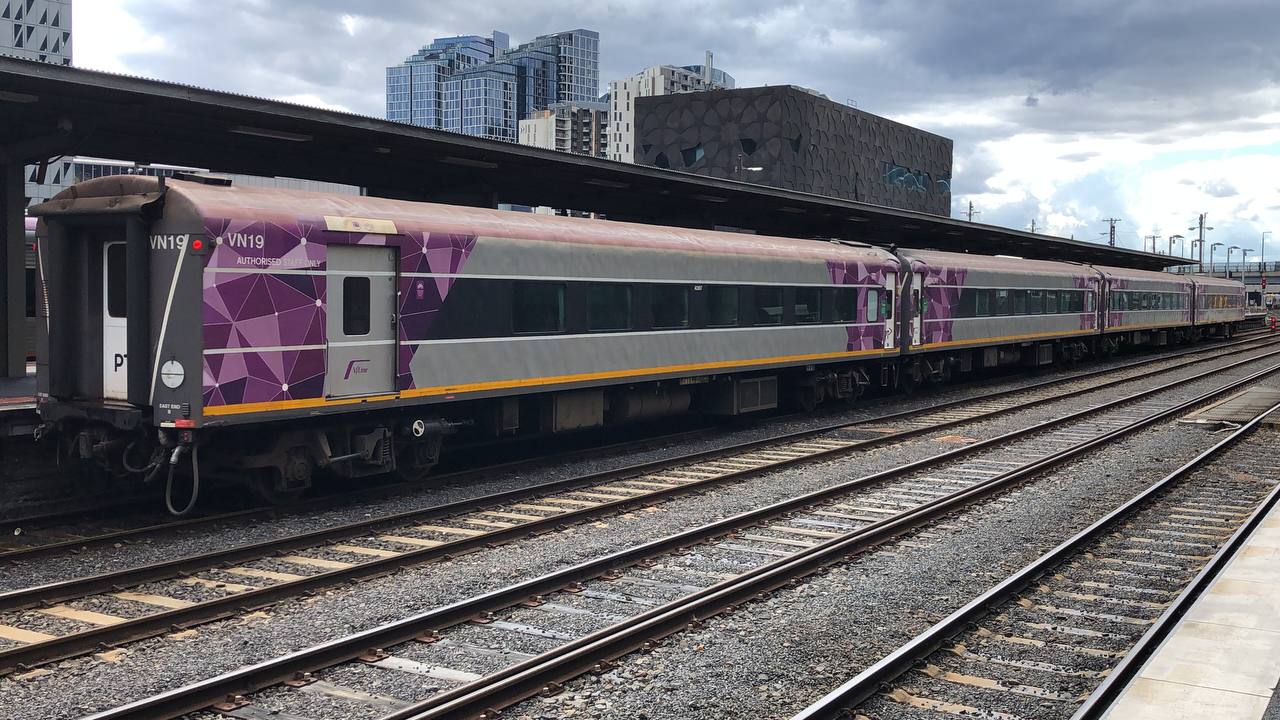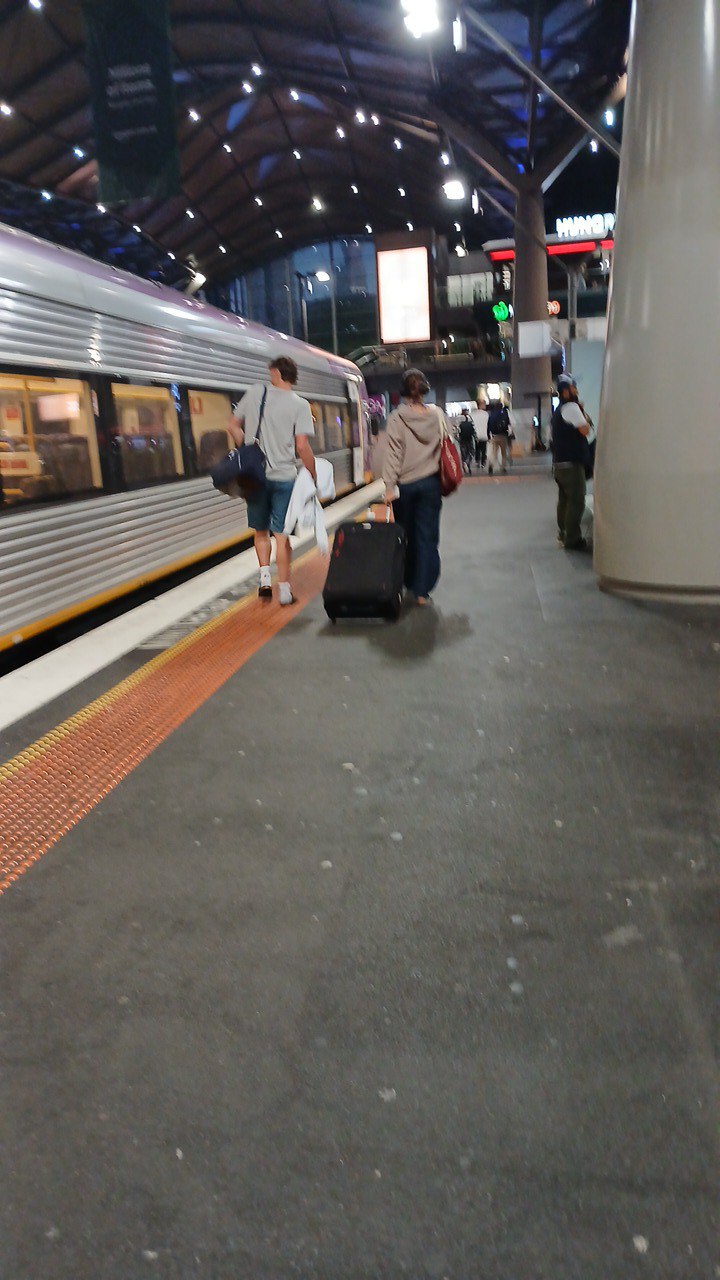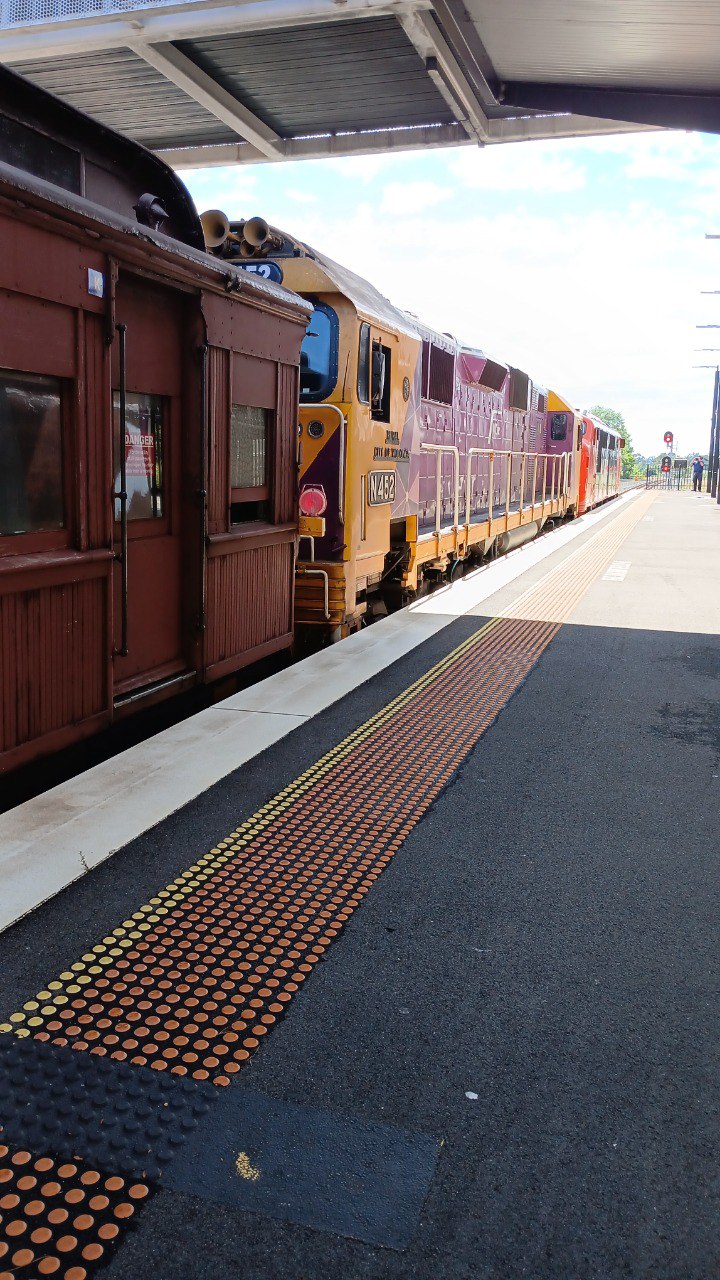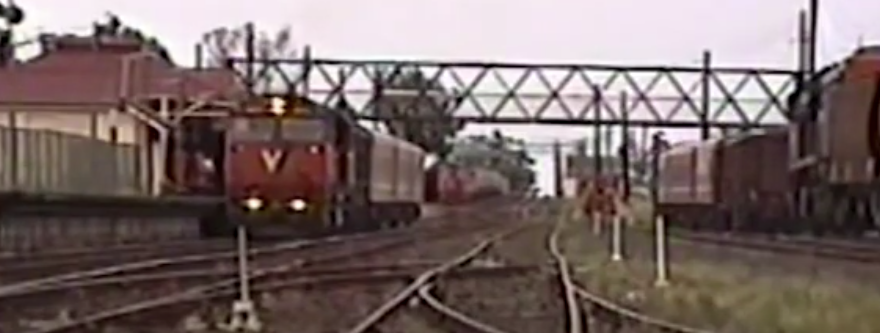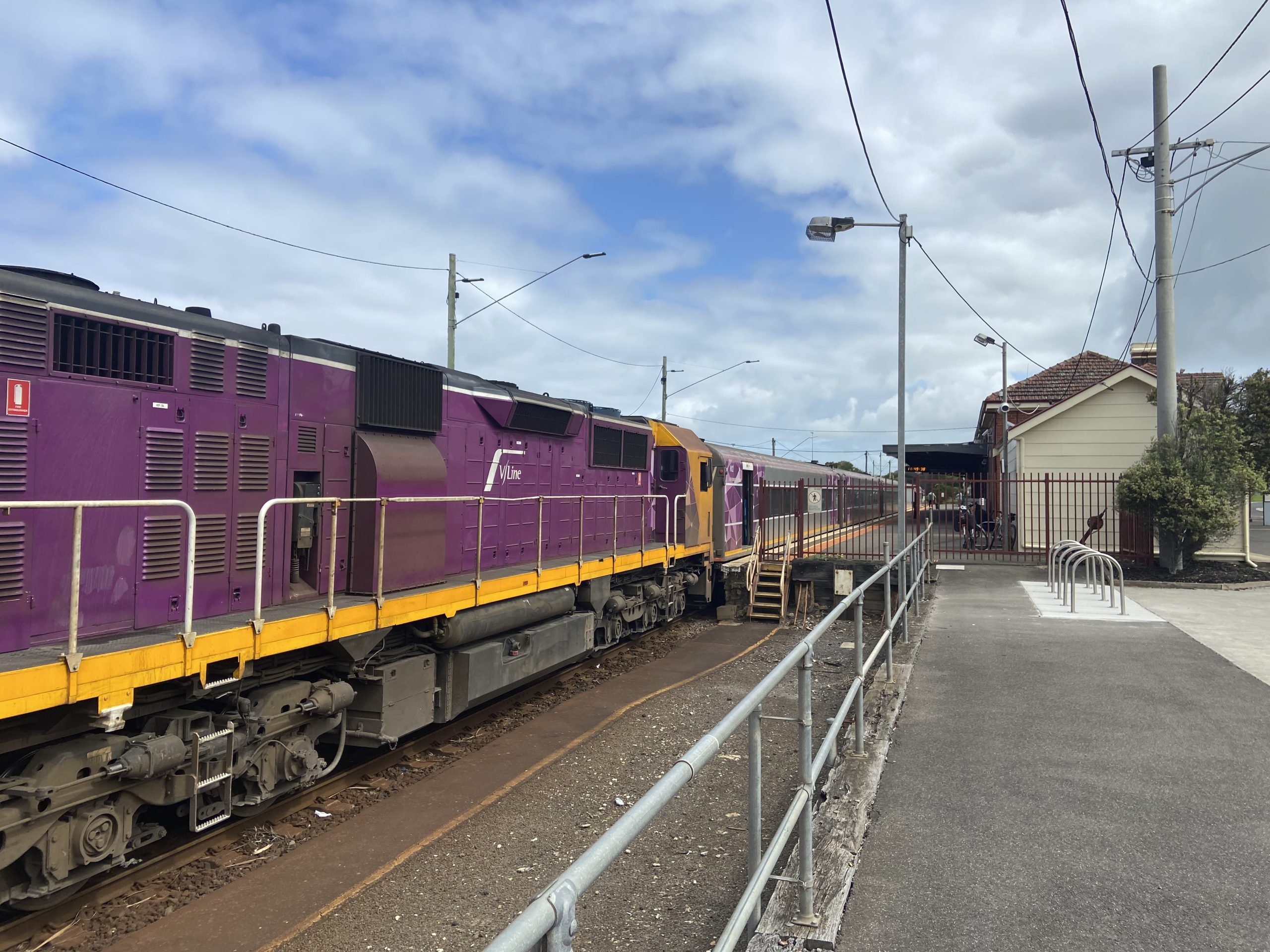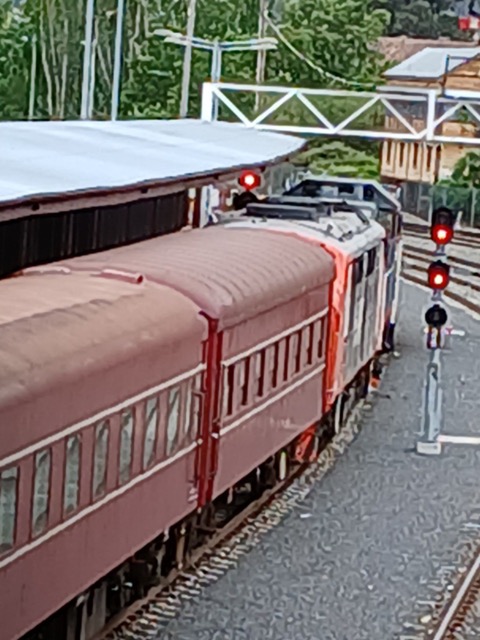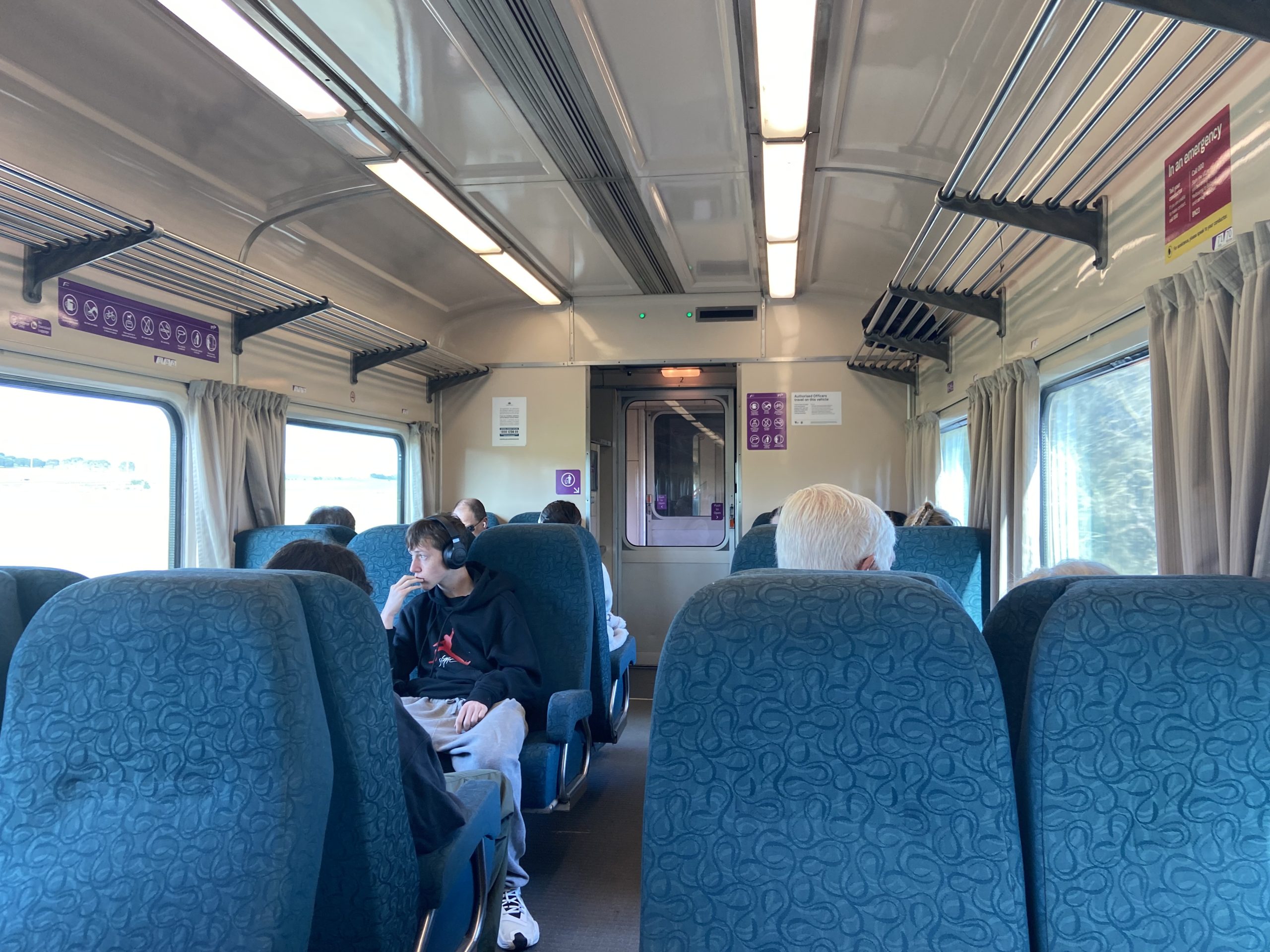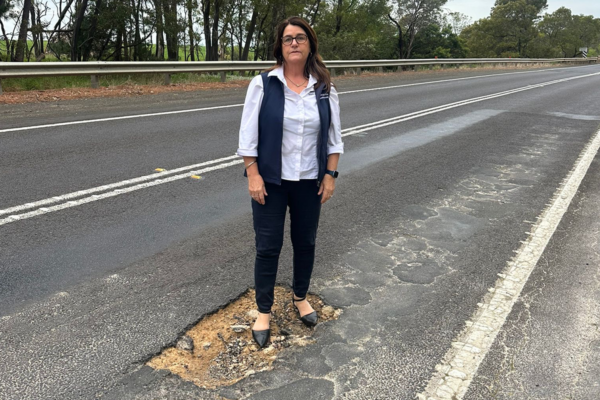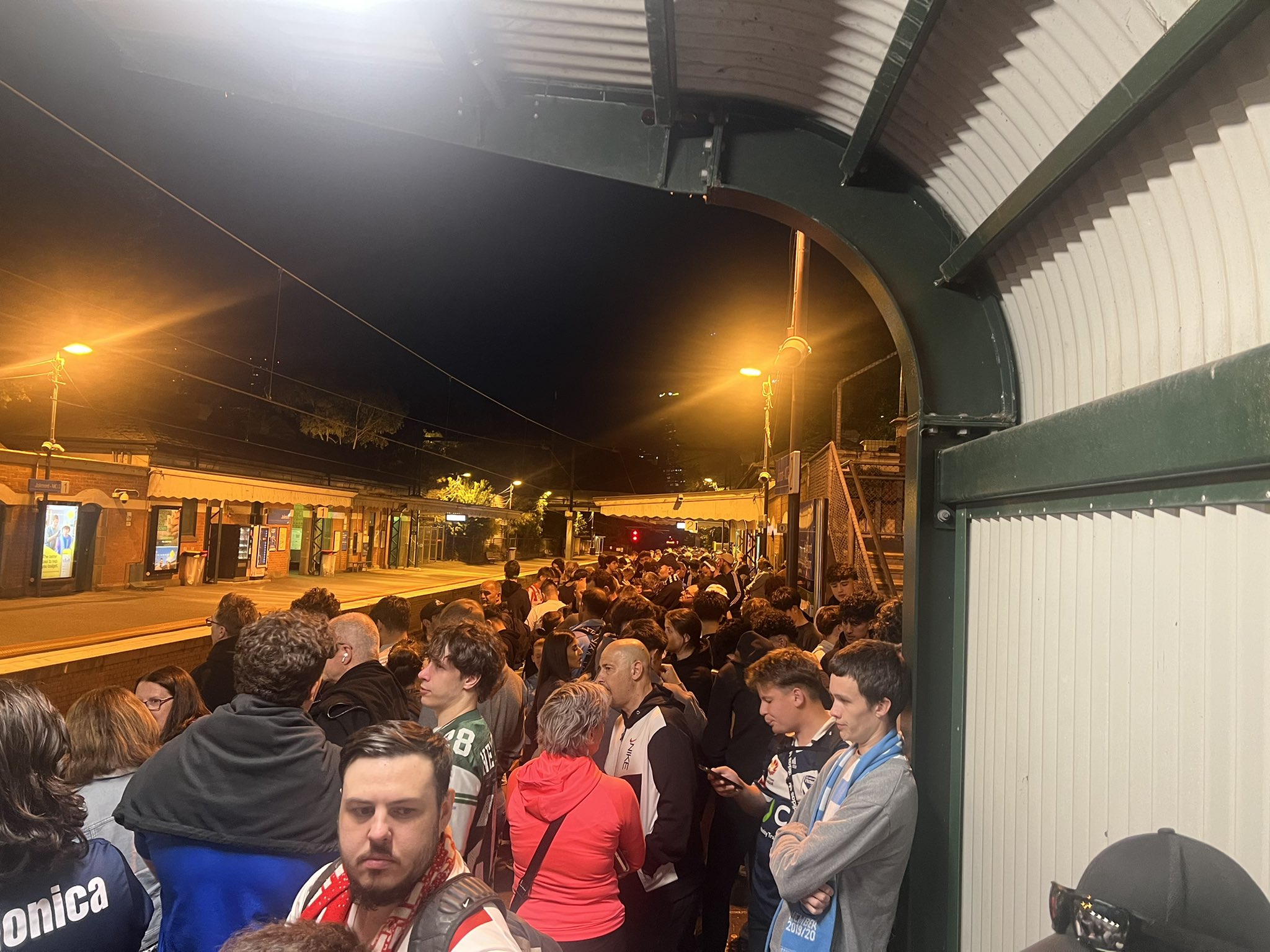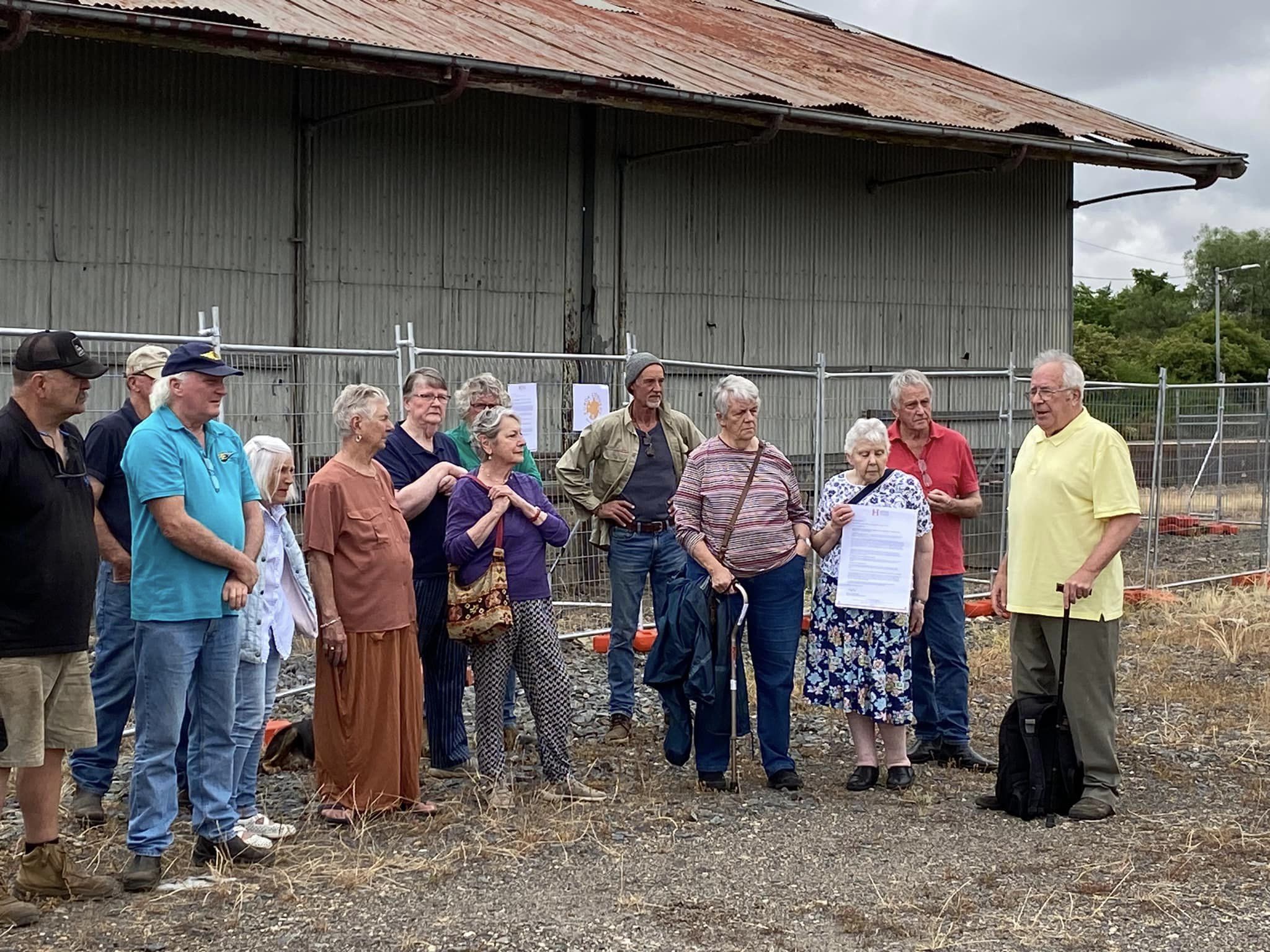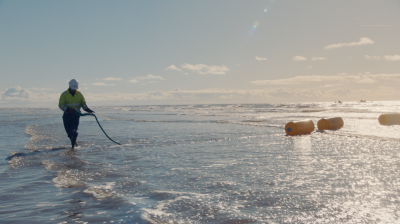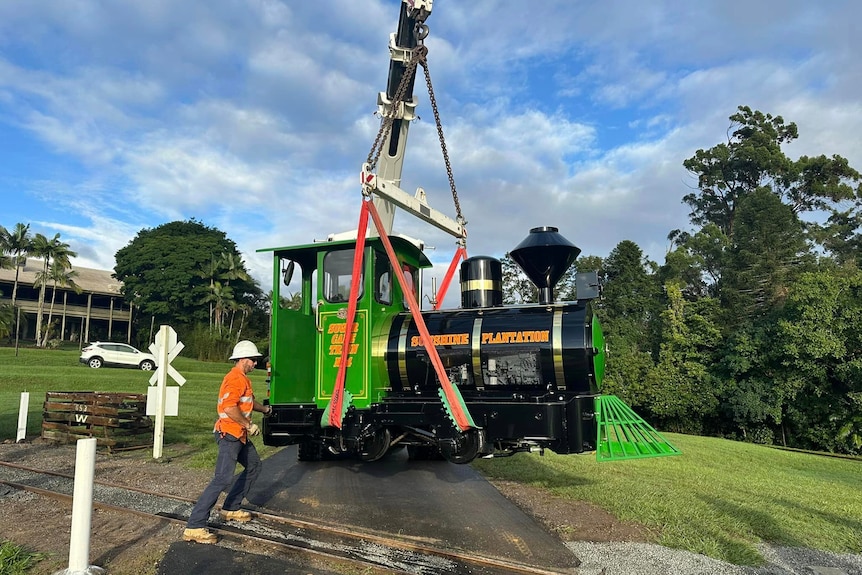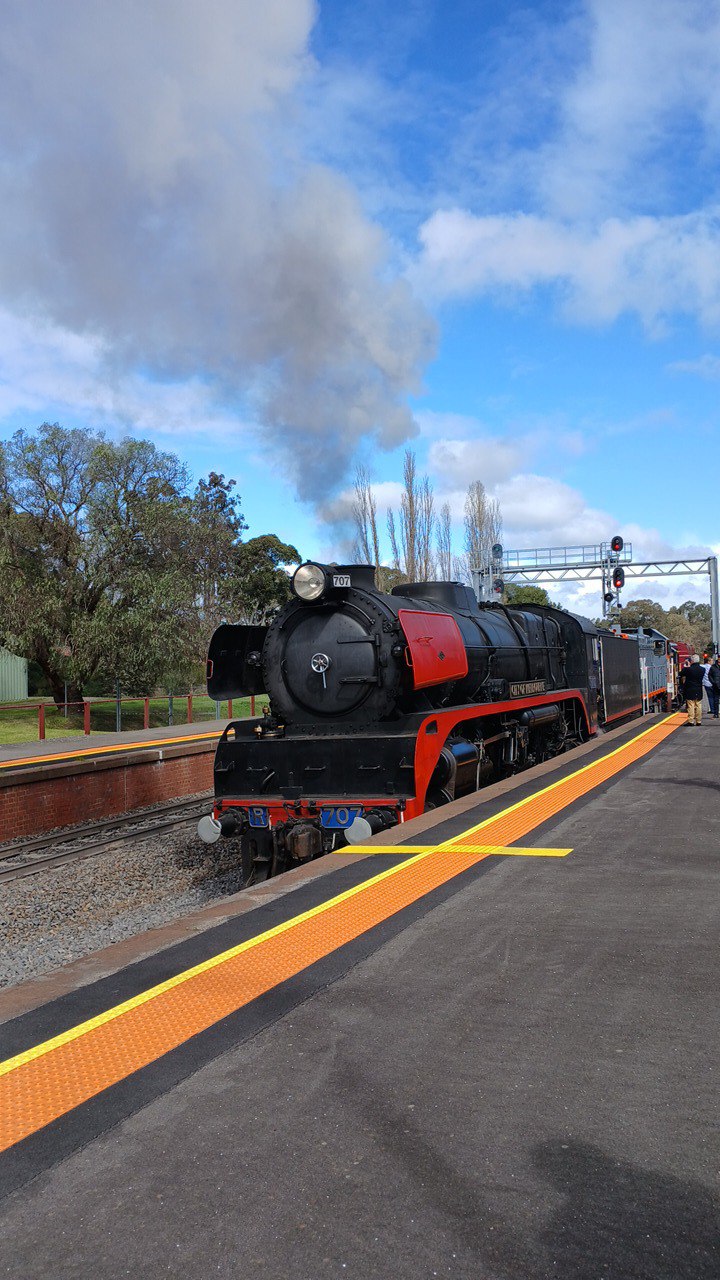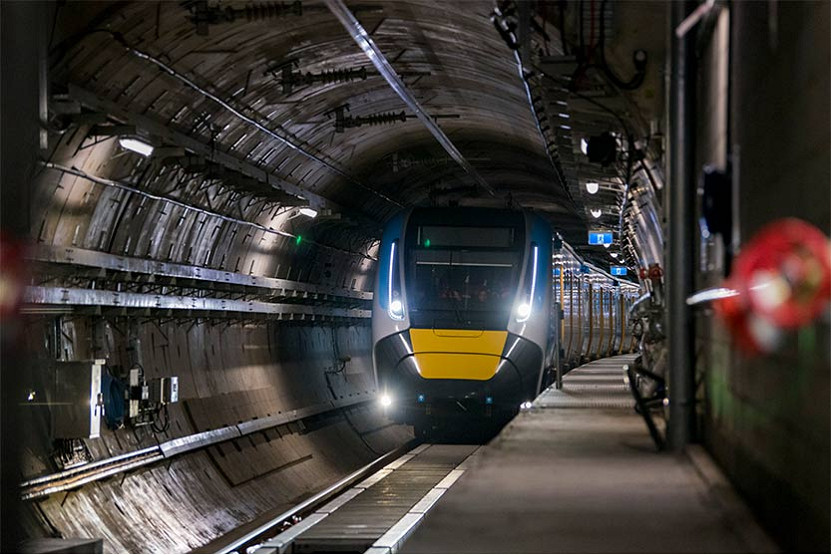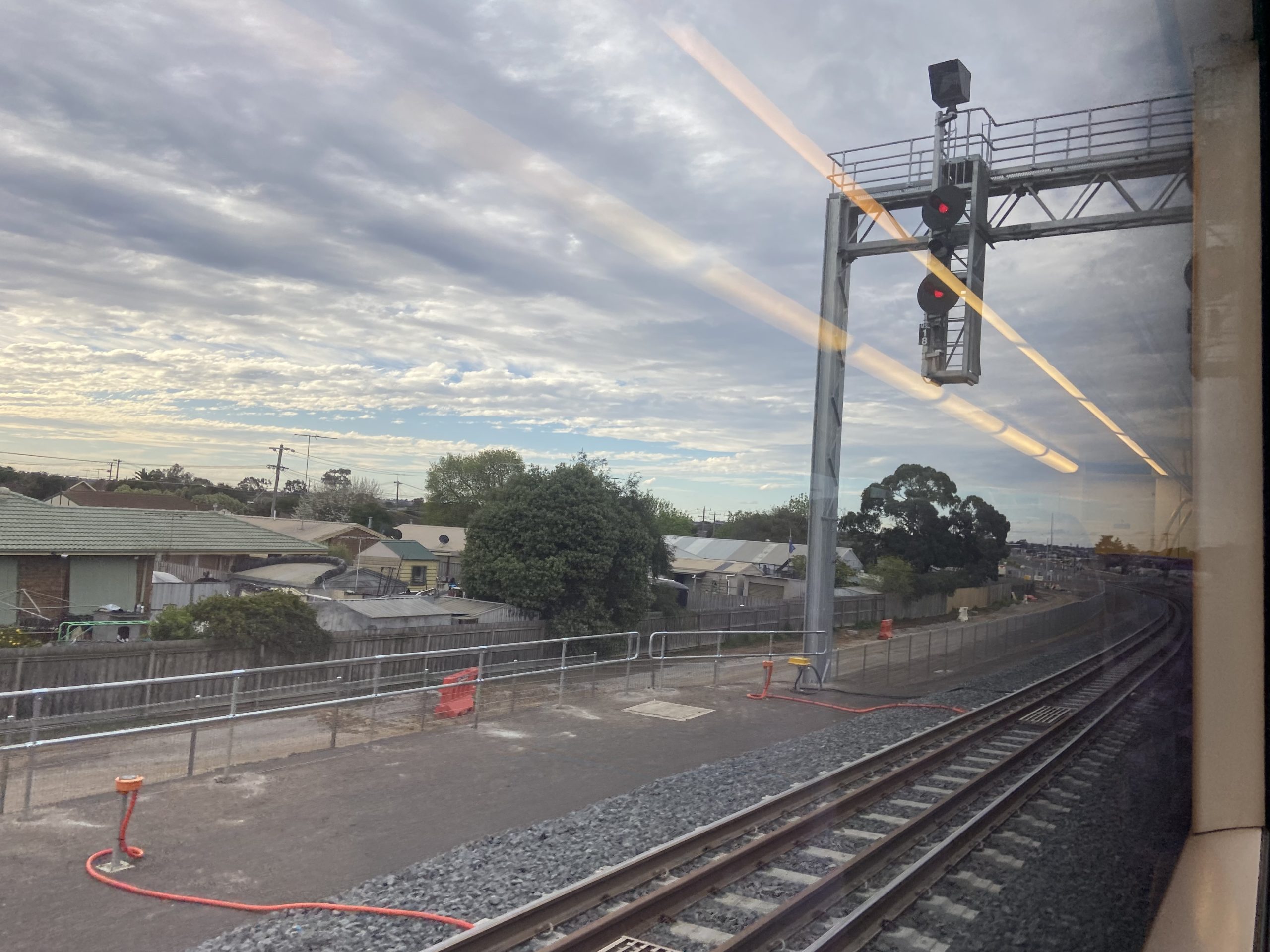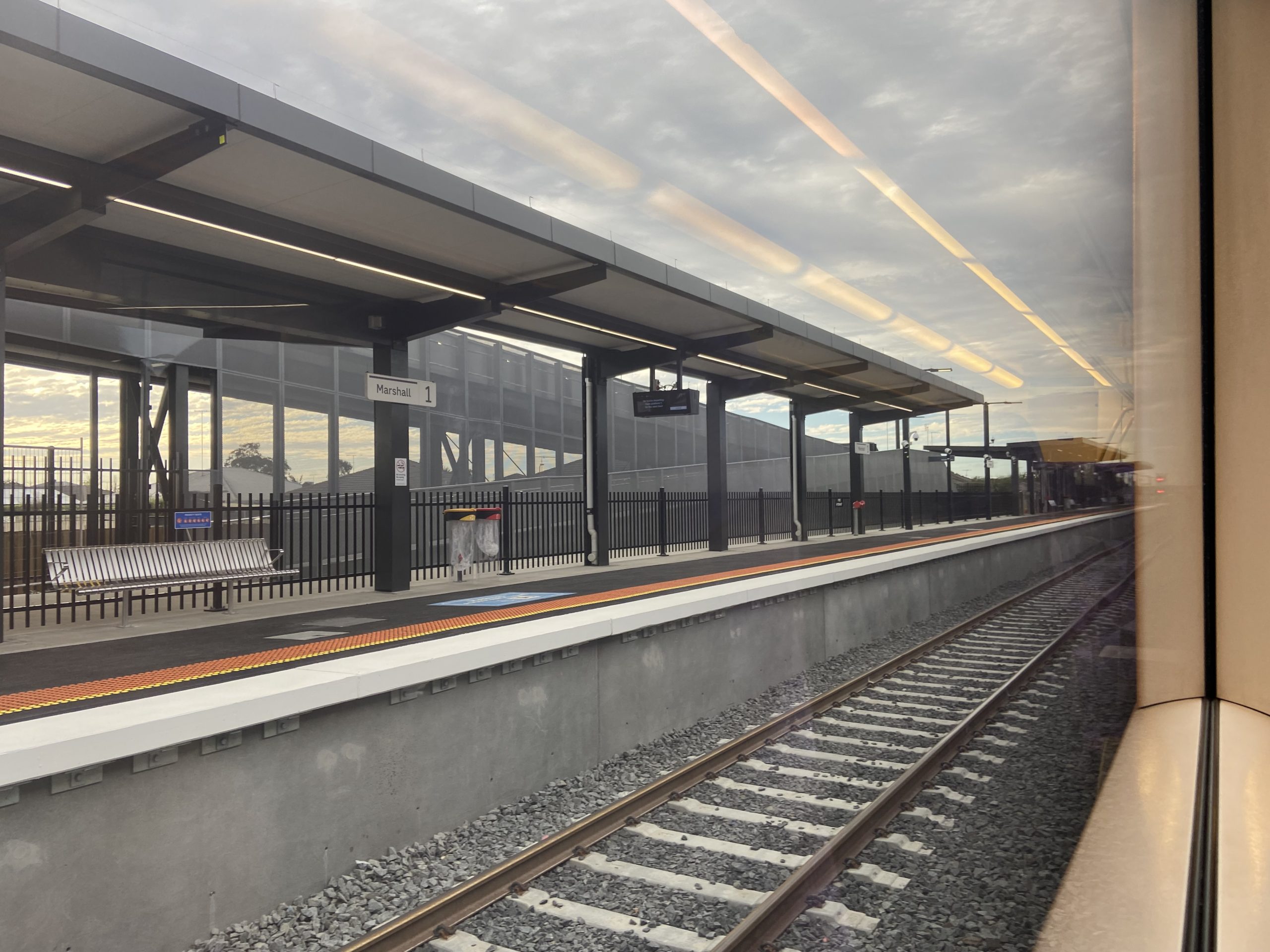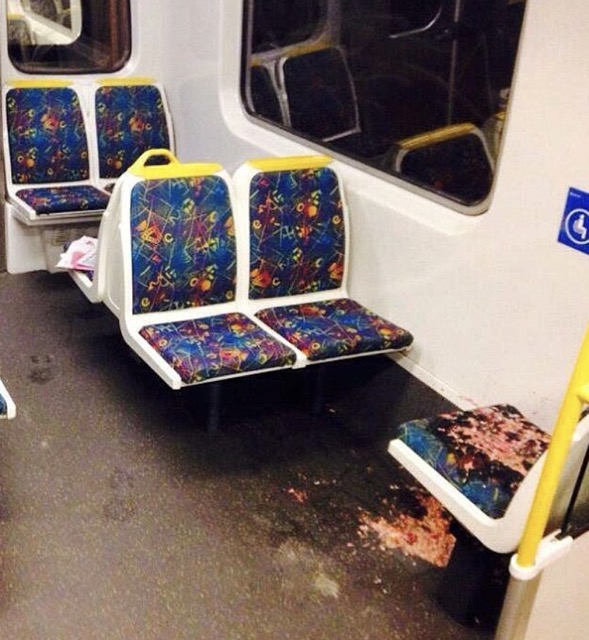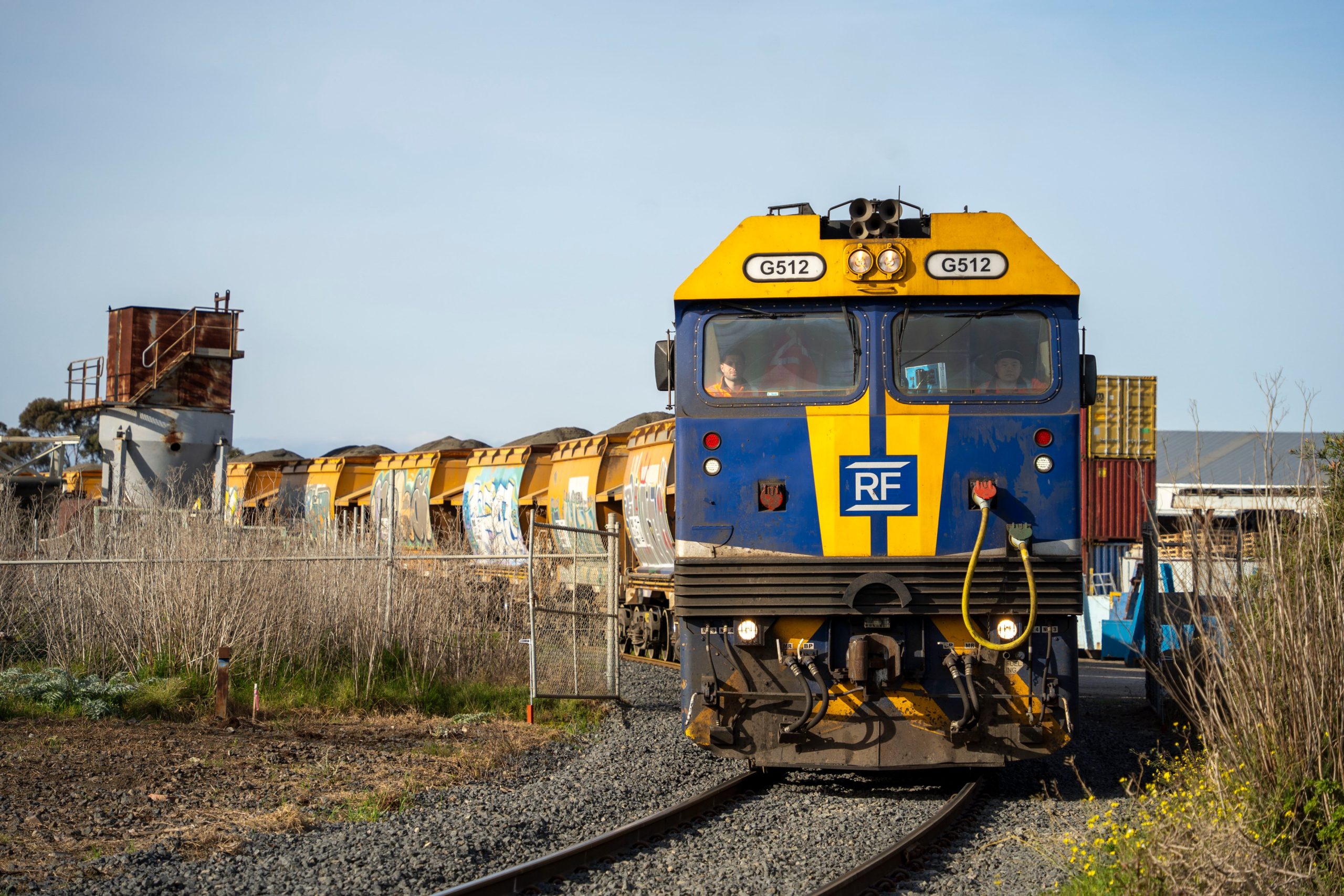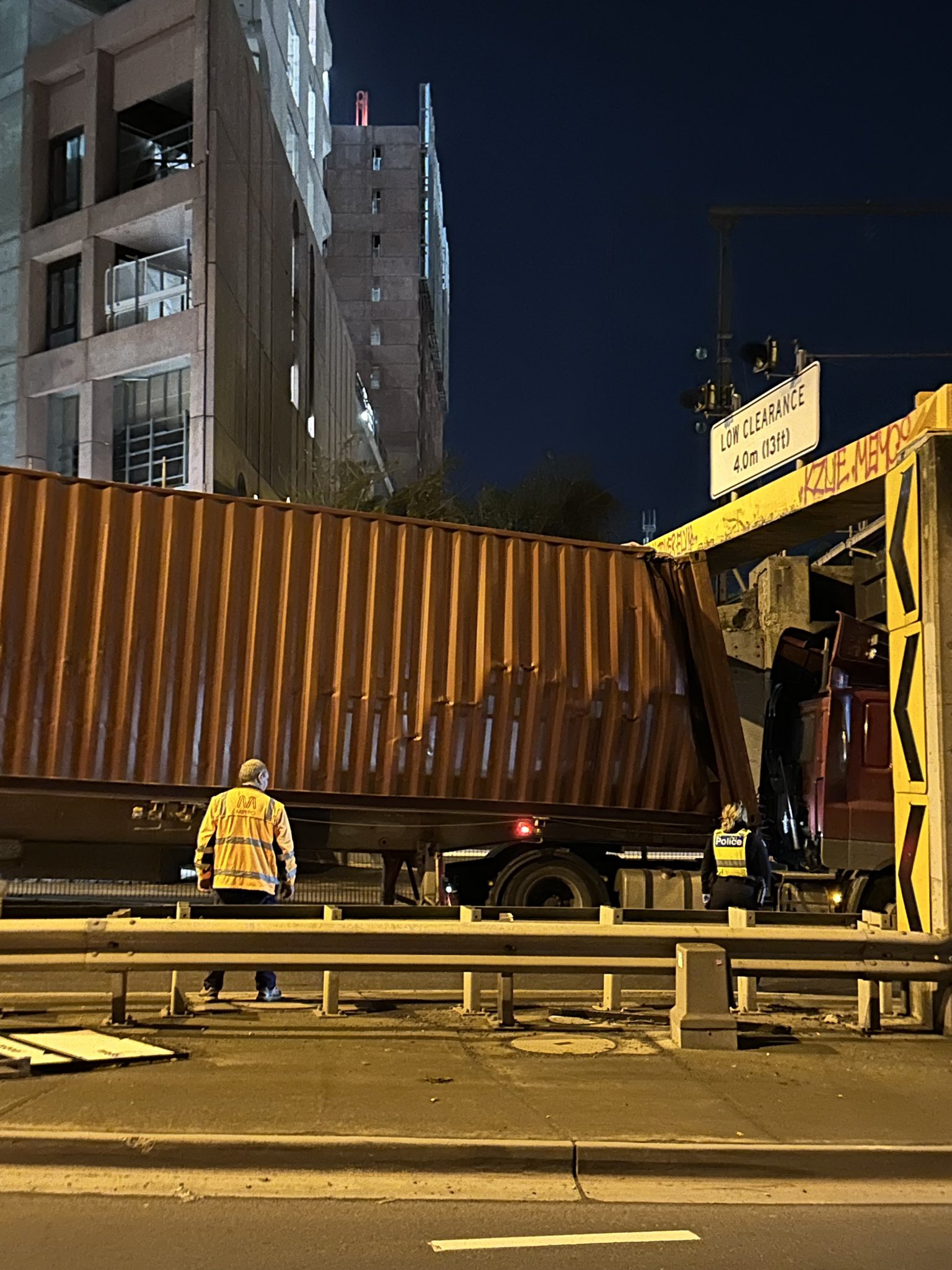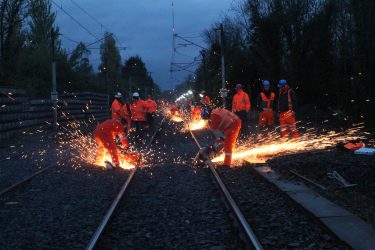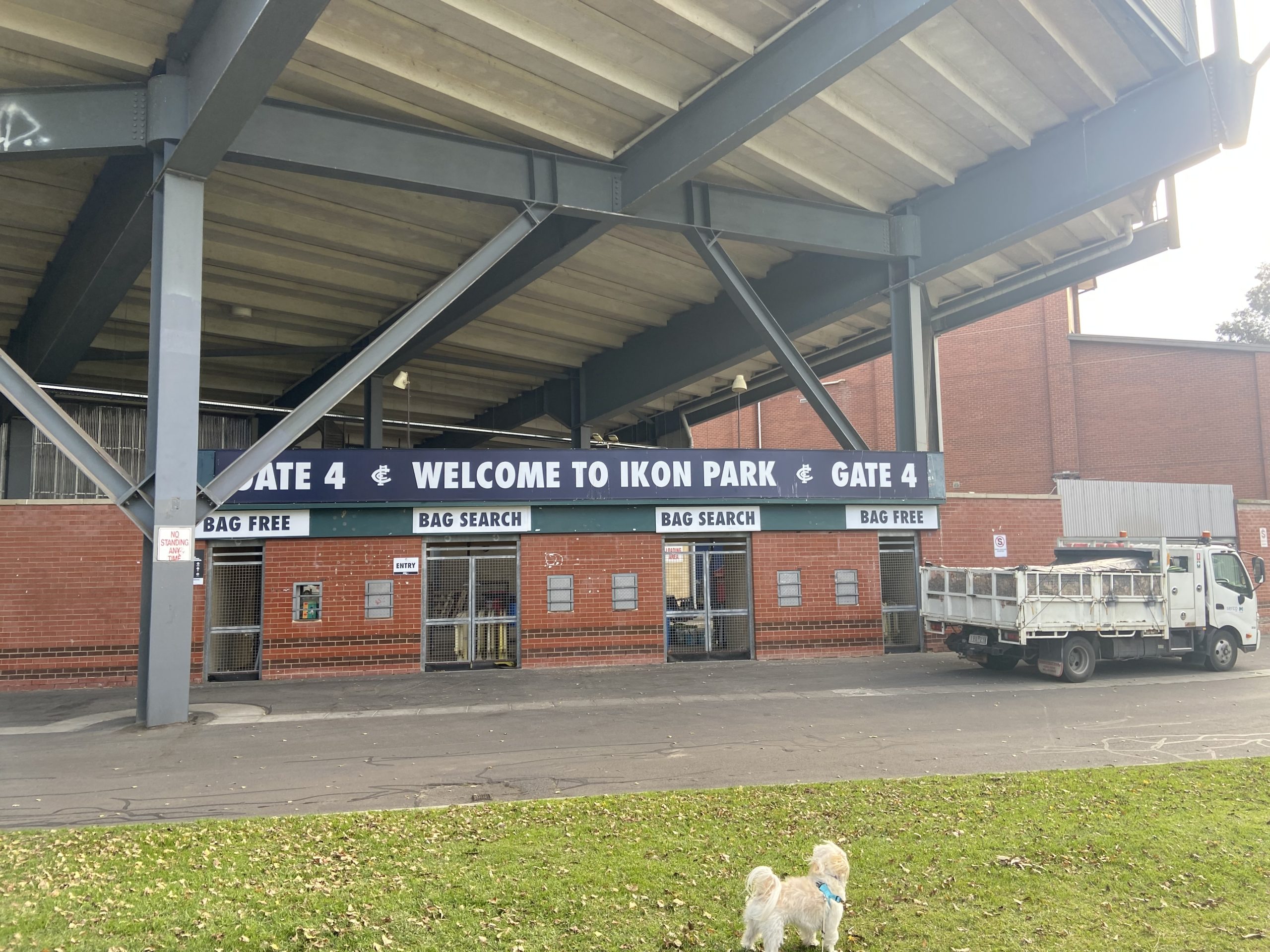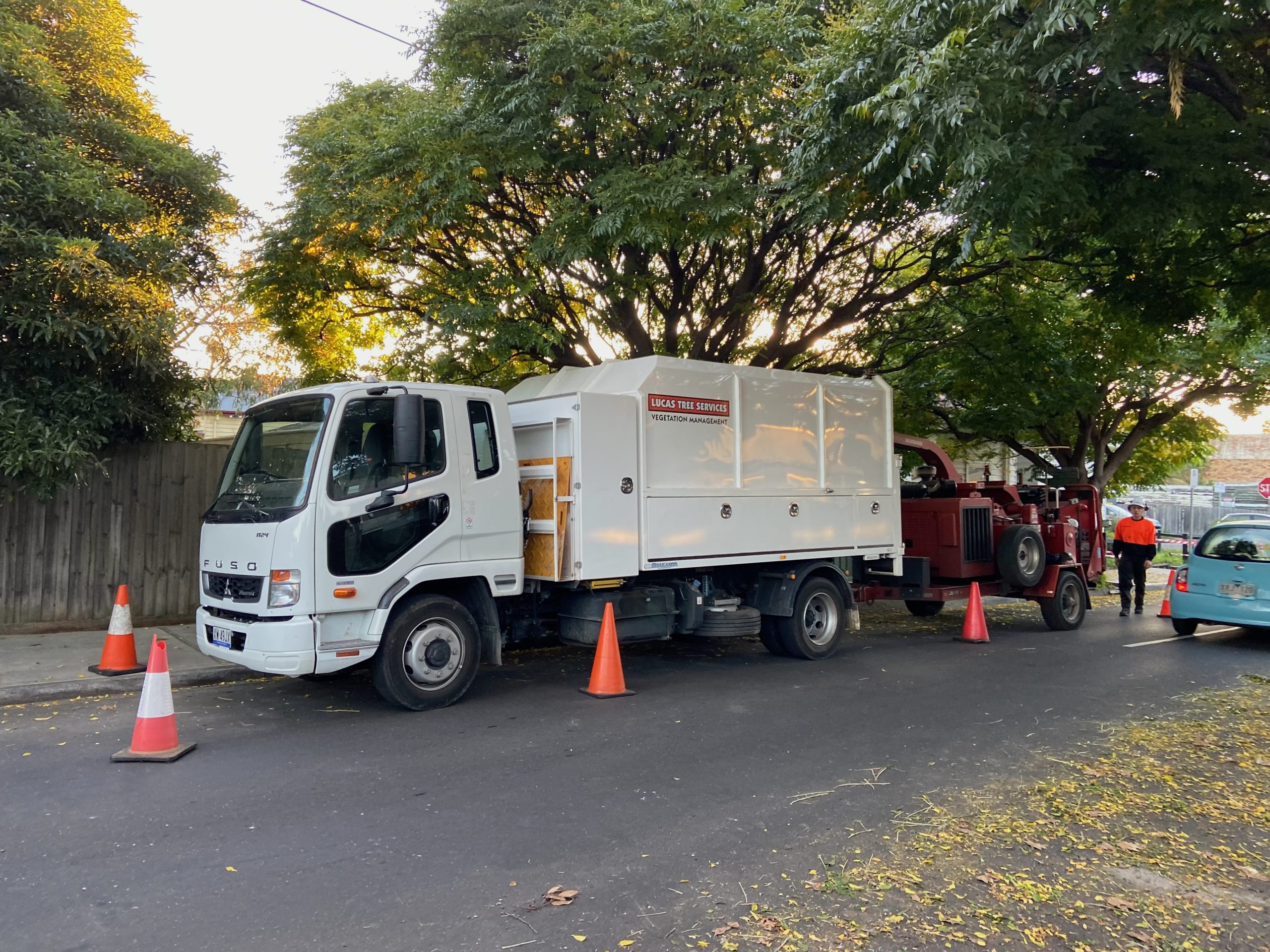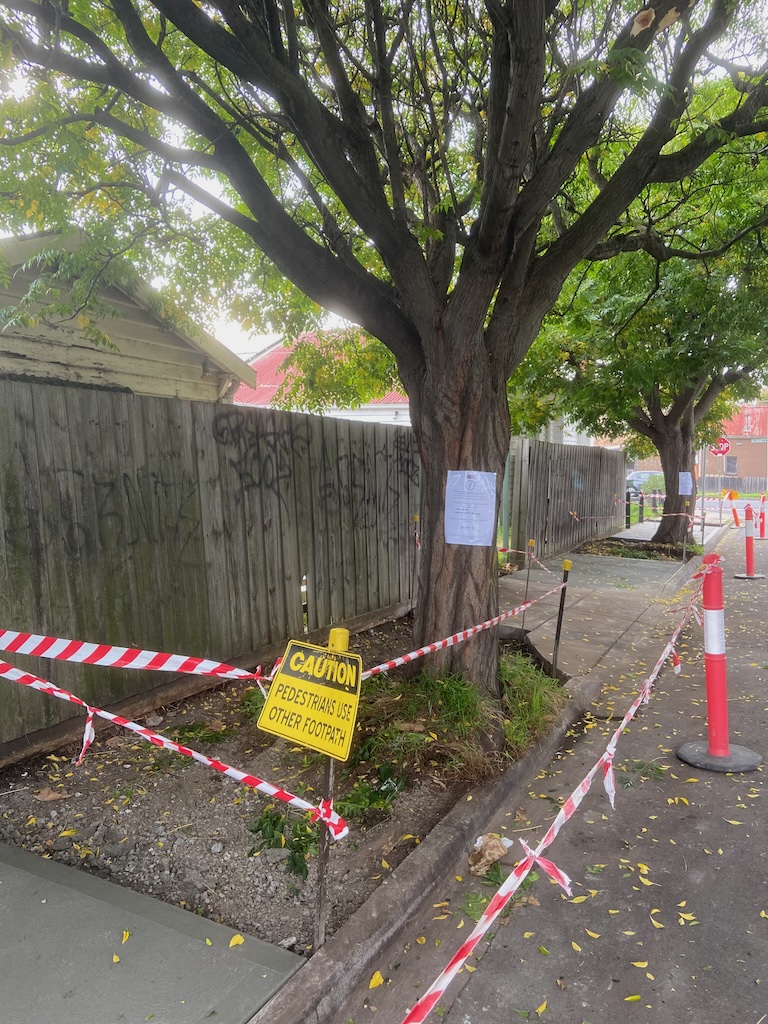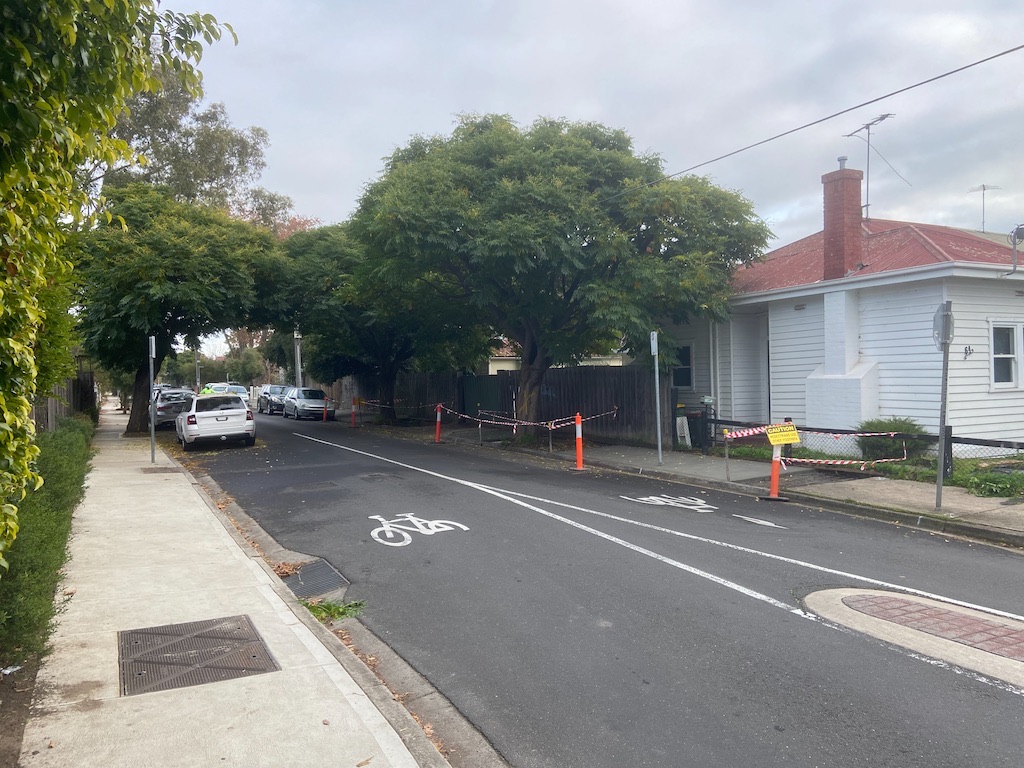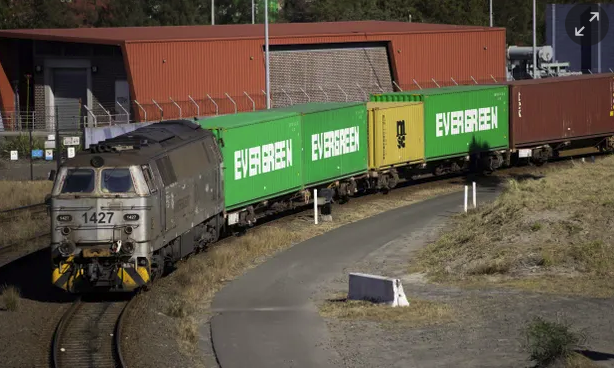With no Saturday blog this week, instead we have a very timely and well written post to add to our Special Articles list.
***********************
When Kevin joined Carriage and Wagon he quietly took on the role of our Stores and Spares custodian, something that we had never previously had, and over the years he has created a comprehensive system which has made our work throughout the Department a great deal easier. So much is now organised and labelled, and there is a chart which details where spares are kept, which has proved to be so useful time and time again. As Kevin explains, there is an awful lot more to good storage than just tidying up and a bit of labelling.
Well done Kevin and a hearty thank you from us all for what you have achieved.
***********************
I’m Kevin Broughton and I look after
‘Stores and Spares’ at the Carriage and Wagon (C&W)
Department at the railway. I’ve written this article for the C&W
Blog which I hope provides an insight into the work I do and which
may be of interest to our readers, members and volunteers.
I started volunteering at C&W in
April 2015 – I was previously a volunteer at the Electric Railway
Museum (ERM) in Baginton, Coventry, for a few years. Following the
realisation that the ERM site was closing due to redevelopment of the
area, I looked elsewhere for ‘choo choo’ volunteering
opportunities and found the GWSR. At the ERM, I pretty much worked on
coaches as most of them were Electric Multiple Units (EMUs), so
GWSR’s C&W Department made sense to apply to.
At that time, C&W had quite an
‘open’ approach to volunteers regarding their skills, though
these days we are quite discerning about what skills we need from
volunteers. For me, it was fortunate that the volunteering policy was
‘open’ as I had zero engineering skills or even much DIY
experience – I work full time, mainly at a desk, as a researcher at
Coventry University. So I don’t have the history of practical
skills that other volunteers have. But I’ve always been interested
in old trains and heritage.
When I first started at C&W, for a
couple of years I helped others with lots of things, but it took a
while to find my ‘niche’. This happened when I went to help the
late Peter Bennett get a spare passenger door from one of our various
‘storage wagons’ in our Winchcombe sidings. On entering the
‘Elephant Van’ (a huge ‘covered’ wagon) I noticed that –
being diplomatic – the spares in these wagons were, ahem, somewhat
disorganised. And I like making things tidy! So a new role was born
for me – stores and spares. Over time, this expanded to broader
‘housekeeping’, caretaking or even Facilities Management – i.e.
organising the various storage areas in the Works too.
Over time, in my niche role, I have
tried to develop a ‘stores and spares strategy’ so that I wasn’t
just bumbling around in the dark (though this appears to be part of
my role too). So below I outline my own stores and spares strategy
and what each element involves. I can’t attest to how successful
this strategy has been – you’d have to ask my volunteer
colleagues. But I haven’t been sacked, so I assume people are happy
to let me get on with it.
It should be noted (again) that –
whilst I have had appropriate safety training – I have no formal
experience in storage, carriage spares, engineering equipment or
facilities management. So I’m very happy for people to make
suggestions on improving my learning further. Please note – If you
don’t like ‘detail’, do not continue! If you are scarily
nerdy (like me) – read on and enjoy.
====
THE STRATEGY
So what was my first ‘task’ in my
new ‘Stores and Spares’ role? Well, after being shown the rather
disorganised storage wagons, a lot of the spares and equipment we
used had (historically) just been ‘put’ in these wagons, as
volunteers had to prioritise operational refurbishment and
restorations. And in the ‘old days’ of salvaging spares from
coaches being scrapped, volunteers had horrendously tiring and long
days involving taking everything they could off a coach in a
scrapyard in the middle of nowhere, then driving it all back to the
Works and putting it in a wagon at Winchcombe. By that stage they
just wanted to go home! There was little time for follow up
organisation of all this stuff – keeping the coaches in operation
comes first, so the wagons remained quite disorganised.
STRATEGY TASK 1 – TAKING STOCK
FOR AN OVERVIEW
So the first task needed was to get an
‘overview’ of what we had, in general, and where it was across
all the storage wagons in Winchcombe sidings. When I say ‘in
general’ I mean things like ‘door stuff, window stuff, table
stuff, electrical, plumbing, toilet ceramics stuff, seats stuff, wood
trim, metal trim’ etc. Note that, in some cases, the ‘nature of
the material’ was at least one potential way of sorting items –
ceramic, wood, metal, textiles, etc. Another potential way of
organising it was by the ‘skill’ of the item involved –
electrical, plumbing, woodwork, metalwork etc. So, a number of years
ago Peter Holt (C&W Maintenance – who also wanted to know what
spares we had) and I went around and made a rough record of the
‘type’ of items we had in each storage wagon. So the first task
in the strategy was ‘taking stock for an overview’.
‘Taking stock’ suggests we counted everything – but we didn’t
have a spare decade, so we didn’t do that – just a rough
guestimate of what we had around the site, e.g. most wood stuff is in
wagon X, most seats are in wagons Y and Z, etc.
Taking stock: “Where
to start?!” (‘before’)
That’s better!
(‘after’)
STRATEGY TASK 2 – ON-GOING
COMMUNICATION
A short while after that, even though
things were not sorted out, I developed a ‘Spares Location Summary
List’ which provided information on where ‘most’ items appeared
to be based. This was just a one-page table listing generic items
(doors, windows, wood trim etc) and the specific wagon(s) that ‘most’
of that item were in. Apparently my volunteer colleagues found this
rather useful (Dave Clark was ecstatic and laminated it for
posterity). Ever since, this list has been updated and placed on our
C&W notice board for people to refer to, although reminders that
the List exists are regularly required. So things were going in the
right direction.
Regarding ‘on-going communication’,
a ‘constant’ for my role is the two most important tools in my
armoury…
Best tools ever!
Not the most complex of equipment, I’m
sure you’ll agree. But one of the biggest time-wasters in C&W
(apart from me) is “not knowing where stuff is”. People can spend
hours looking for stuff because we have so many items and a lot of
places in which they might be stored. So a key thing I wanted
to improve was to “help people to know where stuff is”. A good
few years ago, we did not necessarily have ‘collective knowledge’
of where certain things were kept – “ask XXXX” was the usual
answer – and if that person is not in that day?! Well, you’re in
trouble! So, in addition to the ‘Location of Spares Summary List’,
the most obvious thing was to put ‘labels’ on the various boxes
and shelves around our Works and in our storage wagons, using a
bit of masking tape and a sharpie.
I have yet to find a better alternative
to these two ‘tools’ – I know there are very snazzy label
printers but these usually produce quite small font and none of us
are getting any younger when it comes to our eyesight. Large label
printers are a possibility still being considered, but they are not
cheap and it takes a while to faff about typing stuff in and
connecting to a computer/printer. But it only takes seconds to
scribble on a bit of masking tape with a sharpie in big clear capital
letters. And if things need to be moved around (and they do), just
pull the masking tape off and do a new label – easy peasy. Printed
labels are usually laminated so they don’t get smudged with oily
fingerprints – which is helpful. My solution is to put some wide
Sellotape over the masking tape. Whilst all of this doesn’t look
‘100% professional’, it does the job. So these two ‘tools’
remain the most important in my ‘everyday’ shenanigans at C&W.
One thing I should mention – the
question about finding something is no longer “Ask XXXXX”, its
usually “Ask Kevin”. For our C&W colleagues – if I am not
around I suggest that people look at my ‘Spares Location Summary
List’ on the Notice Board to the left of the signing-on area in the
entrance lobby. I am on email if anyone needs me when I’m not in
the Works – my email address is also on the ‘Spares Location
Summary List’.
So ‘on-going communication’ is an
important part of the strategy.
STRATEGY TASK 3 – IMPROVING
ACCESS AND LIGHT
The third task in my strategy was
“actually being able to get to the bloody stuff” that is
stored in the wagons – i.e. ‘access’! A few years ago, things
were piled up on top of each other, and it took hours to get to the
part that was (inevitably) at the bottom of the pile. So a lot of
work was done just to organise things in a way that people could just
‘get to it’ easily. So I spent many a Saturday moving everything
to the sides and ends of wagons, creating clear pathways to get to
each area and item. This was not an easy task – Arnold
Schwarzenegger I am not – but we got there in the end. For those in
the know, I never want to move a ‘metal-framed first-class
compartment seat back’ ever again.
Access: “It’s just
under that pile, right at the very bottom” (‘before’)
Access: “well that’s
a bit better” (‘after’)
Another issue, particularly where
storage wagons have no electrical supply (i.e. almost all) is the
lack of light. What would we do without our mobile phone torch app?
So I always try to store things in ways that don’t block the
wagons’ windows (if they have them) – not easy to do when
stacking lots of large doors. But that bit of extra light really
helps, especially on grey winter days. Even just cleaning the windows
can make a lot of difference. Shelving and racking should also be
light or even white in colour – yes it shows the dust and rust, but
it reflects the light and when you’re trying to look for a tiny
part in the depths of winter in a little box full of bits, every
little helps. Where an electrical supply is available, LED strip
lights offer a very bright light for a fraction of the usual energy
use (e.g. those now installed in our ‘Container 1’).
MAXIMISE THE LIGHT: Grey
winter days are not ideal for searching storage wagons.
STRATEGY TASK 4 – CONSOLIDATION
What I also realised in my early
endeavours was that the same kind of items could be found in about 5
different wagons, all dotted around the sidings. Ask any volunteer at
C&W how much they ‘walk about’ and they’ll tell you that
they certainly get their steps in for the day. We constantly fetched
stuff from here and there around the sidings and the Works, only to
find it’s the wrong part and then we’d have to traipse out again
to find the right part. So anything that can be done to reduce that
wasted time and effort helps a lot. Obviously it makes more sense to
put all the same or similar parts in one place. So we needed to work
out the best location for consolidating all ‘similar’ items in
one wagon. When we started the consolidation process, being practical
because of the amount of moving work involved, it was a case of
seeing where the majority of that item was already, and then
working out if ‘it would do for now’ to bring all of the other
similar items to join the critical mass. Also, as mentioned, the
nature of the material and the nature of the skills involved also
helped to determine where items ought to be consolidated. So items
made of wood ideally should be in one wagon, and items made of metal
in another, electrical, gas and plumbing supplies in one wagon, all
seats ideally in a couple of wagons, and so on. So the fourth task in
the strategy was ‘consolidation’ of spares in a way that
made sense for their use for our volunteers.
one here, another in t’other van, one in t’other sidings…”
(‘before’)
Consolidation: “Whatever
we have of that is in here”. (‘after’)
Some of you may be wondering why I am
‘making a mountain out of a molehill’ with this ‘storage
strategy’. Why not just get lots of shipping containers and
boltless shelving, sort it out, and that would be the end of it?
Well, first, we are not made of money and shipping containers are not
cheap. Second, the Winchcombe site does not have endless acreage and
it already has many sidings, functions, buildings, car parking etc,
so space is actually at a premium. Third, the size, weight and shape
of some spares makes it very challenging to store these efficiently.
And the stock we have (think a lot of timber) changes constantly as
new projects require different stuff – meanwhile a surplus of
unused and older stuff builds up and takes up more space (but we
don’t want to get rid of it because “it will come in handy one
day” – which it often does, though at times things verge on
hoarding!). This requires on-going management – spares storage is
an eternally moving feast that can be challenging to manage as it
ebbs and flows. This brings us to disposals and swaps.
STRATEGY TASK 5 – PARTS
MANAGEMENT THROUGH DISPOSALS AND SWAPS
I’m sure many people who work on
preserved railways use the old phrase “we’ve got 10 of everything
except the part you need”. We are no exception – we have a lot of
stuff that we only need a few of, and not many of things that we need
quite a lot of. And what once was a common part now seems to be made
of ‘unobtainium’. We can, and do, make our own stuff, but being
able to swap parts with other heritage railways is vital and can save
a lot of money and effort. Sometimes we also have donations of items
from other various organisations or individuals which are a real boon
and can save us a fortune. Disposals through sales also injects some
much-needed cash into the coffers for something that was simply
sitting idle in our wagons and taking up much needed storage space.
Utilising people’s existing networks and online forums is vital to
do this kind of work. But it’s not easy – how much are things
worth (nobody sells these things anymore)? Is item X worth bartering
for 10 of item Y? Does everything work? Does it need tons of work to
get it working? All these things have to be considered before
committing to swapping, buying or disposing of spare parts.
Additionally, sometimes stuff just needs to be recycled or thrown
away – broken parts, corroded metal and rotten woods are simply too
far gone and its nigh on impossible to get a second-hand piece of
wood trim to fit in another coach – that’s the BR Mk1 ‘standard’
coach for you.
The above story represents the last 5
or so years of my ‘strategy’ and how it has panned out. So we
have reached ‘where we are at’ currently (September 2023), but I
also have ideas for the future.
NEXT STEPS?
There are still a number of steps
before C&W reaches ‘stores and spares nirvana’…
STRATEGY TASK 6 – AUDIT/TALLY BY TYPE AND QUALITY
Most of our spares are now consolidated
in one place, and we know what we have got ‘a lot’ of and ‘not
many of’, but tallying up or auditing exact numbers of thousands of
spare parts is going to be a rather arduous, if necessary, task.
Obviously we have evidentiary record systems in place for safety
critical items such as passenger door locks/latches and vacuum
cylinders etc. But in terms of non-safety-critical stuff, we know
where it is, but we don’t know exactly how many we have, or what
‘type’ they are (there are so many ‘types’ of the same item –
as I said, it is the BR Mk1 ‘standard’ coach). And then we have
to assess the quality of the items – in many cases there are “a
couple of spares remaining” – why are they remaining? Because
they are knackered but we dare not get rid of them – so quality
assessment is important too. So there is much to do here but we have
to start somewhere – probably the stuff that we need reasonably
frequently. Managing this also relates to swaps and disposals above.
STRATEGY TASK 7 – BETTER STORAGE FACILITIES
Storage wagons are not the best place
to store spare parts. And they are definitely not the best place to
store really heavy or cumbersome parts. In an ideal C&W world,
anything that is heavy, cumbersome and frankly a pain in the **** to
move needs to be stored as close to the Works as possible and needs
to have step-free access. We do have some shipping containers next to
the Works for a variety of purposes. For example, one container
stores ‘operational’ items ready to go when things happen with
our working coaches. But, as mentioned, we have limited finances and
limited space at the Winchcombe site. Also, we rarely need to access
(e.g.) coach doors on a regular basis, so most of the time they just
wait there – not necessarily a good use of convenient storage space
when this is at a premium. It is these kinds of quandaries that we
have to deal with in terms of the site, the facilities and the
resources that we have. It’s not a blank slate and we have to work
with what already exists and adapt as best we can within such
constraints.
STRATEGY TASK 8 – ELECTRONIC ‘REAL TIME’ STOCK MANAGEMENT SYSTEMS
We haven’t got a ‘comprehensive
stock management’ system in place for non-safety-critical spares.
If someone takes a spare part from a storage wagon, then it just gets
taken and used. We are yet to introduce a system for
non-safety-critical parts whereby we know what has been used, by
whom, when, where and why. This is not an easy task and would require
real time electronic systems and capacity well beyond our current
financial situation. But in a perfect world we would have that kind
of logistical system in future – we’re talking serious barcodes.
Well, that brings us to the end of my
‘Stores and Spares Strategy’. There is a way to go, but only a
few years ago we were at Strategy Task 1, and now we’re at Strategy
Task 5 – so progress is being made.
As part of this long-term strategy,
I’ve had about 5 years’ experience of organising and managing
stores, spares and helping to organise the Works’ storage
facilities. Those years have taught me many a lesson (often
hard-earned, involving ‘those’ kind of days). So below are some
‘lessons, hints and tips’ for all of you budding ‘Facilities
Management’ nerds. These are quite ‘detailed’ (for some,
probably too detailed!), but this is the kind of thing that I am into
(amazingly, I am married). Hopefully these suggestions might help
others wishing to get their own facilities more organised.
LESSONS, HINTS AND TIPS ON
FACILITIES (MICRO) MANAGEMENT
Where to put stuff – think about
what stuff is used the most (and used the least)
We are all guilty of the situation
where certain tools or spare items have been there for years and
never get moved, just because they have ‘been there for years’.
But we don’t like change either – oh no, especially us heritage
people. So we have had situations where the heaviest tool or most
cumbersome parts are in the most inconvenient locations just because
Joe Bloggs put them there in 1972, and they haven’t moved since.
Here are my ‘rules’ – if its used a lot, put it in the most
accessible place you can (within reason of course). If it’s not
used much at all – put it in a place that is away from the
most-used and most accessible stuff. Or how about this – “why is
it even there at all?”. I have moved stuff around that has inches
of dust on it, because it has sat there for years and never been
used. I use that inch of dust, as evidence, in response to the
question “Why are you moving that?”. People don’t like it much
when things get re-organised and moved around – we fear change! But
give it a month and they’ll be used to the new habit of where stuff
is and they won’t even remember what it used to be like.
The key thing is “Overall, is
it an improvement?”. If the answer is yes, then it should be done.
The main reason I ‘move things around’ is because I want to
improve the ease of access to things – as I keep saying, none of us
are getting any younger and some stuff needs to be re-organised so we
don’t wake up with aching backs in the morning! Bottom shelves and
top shelves should be for ‘less-used’ stuff – middle shelves
and easy to reach shelves should be for the most-used stuff.
It is, of course, always worth
evaluating how changing something is ‘working out’ – is it more
of a pain than it was before? There are plenty of things I’ve
changed that I’ve ended up changing back – but I had to see if it
was a better solution. Try it and seek forgiveness – in a lot of
cases it will be an improvement.
A waste of space
When we put shelves and racking
together, we often don’t think about what we are going to put on it
and how much space it needs. Have a look at your shelving and racking
– look at the stuff that’s on one shelf, and then have a look
above that stuff and see how much space there is between that stuff
and the next shelf up. I’ll bet there’s lots of space – and
that’s just a waste of useable storage! If there is space, fill it
with another shelf. We always complain there is never enough space
for our stuff, but we rarely look at how efficiently (or not) we use
the space we have – and a lot of the time we don’t use it very
efficiently at all.
WASTED SPACE (in red):
Regularly review how efficiently you are using storage ‘space’.
Keep worktops, workbenches and work
surfaces clean and clear.
How do you stop someone getting on with
their work? Make sure you fill up all the worktops, workbenches and
work surfaces with stuff so they don’t have a space to do their
job! We have a number of workbenches of all varieties spread out
across the Works. We also have various A-frames and folding sawhorses
that are handy temporary ‘worktops’ for certain jobs. You’d
think with all these work surfaces that there is plenty of surfaces
on which to work – not so! Sometimes people leave tasks on worktops
as ‘work in progress’, which means that worktop is out of action.
Others are just covered in stuff that hasn’t been put away. Others
are filthy and need cleaning before something can be done. So I do my
best to keep worktops clean and clear – sometimes we only need a
bit of a worktop to do something with a small part, so every little
helps. We now even have a couple of little fold-away tables just for
resting a box on, when we are looking for parts or sorting things
out. So here’s a tip – if you want to annoy people and stop them
from doing their job, just cover the worktops in stuff and walk away.
For the sake of a quick tidy or even just moving stuff to the back of
the worktop, you’ll help others get their jobs done.
KEEP WORK SURFACES
CLEAR: every bit of worktop can help people do their jobs more
easily.
Pipes
No, this isn’t about retro smoking.
In C&W we have a lot of long thin items such as metal or wood
trim. Sensibly, these are often kept altogether but it’s a real
faff to work out which bit of trim with the right profile is needed.
Plus the pile just falls about everywhere as soon as you try to get
something. So one way to organise these is with simple plastic pipes
– like sink drainpipes or domestic toilet waste pipes. These are
cheap, plentiful and often just sit around the Works. They can be cut
down appropriately and stacked or glued together so each pipe can
contain a different profile of trim. We’ve now done this in our new
‘Window Restoration Area’ and it helps to identify and access the
correct trim really easily. I will be doing the same in our wood trim
stores and metal trim stores in the near future. By the way, I
suggest using clean and/or new pipes though (especially toilet pipes)
for obvious reasons.
Pipes are great for
keeping long thin items in groups
Why I don’t like cardboard boxes:
How can you hate cardboard boxes? Well,
our storage wagons are in the sidings and, as part of our
environmental policy, we encourage little creatures to roam free
around this semi-rural environment. Mice, birds and other critters
like a nice warm home just like the rest of us and cardboard boxes
are just the ticket. Put a cardboard box in one of our wagons, and
you can bet your bottom dollar that in the space of a month it will
become the new home of a furry mammal – unless the wagon is
hermetically sealed (I am yet to see such a miracle). So this is not
ideal for spares storage (and the smell and droppings are not ideal
for yours truly either). Plastic or metal boxes are nowhere near as
warm, soft, or edible for creatures’ bedding – so I do my best to
use these in the wagons instead. So do yourselves a favour and ensure
you only keep stuff in cardboard boxes inside your Works, and
ideally try to minimise those too because most Works are not
hermetically sealed either. Clear plastic boxes (if they can cope
with the weight/size of the items) are best, because you can see what
is in them. And in the Works, ideally try to make sure boxes have
lids, because everything (I mean EVERYTHING) gets covered in dust
within hours. However, the problem with lids, of course, is that you
can’t just grab something and go. And some lids just end up getting
tossed about because they’re annoying when accessing something. So
some regularly used things don’t have lids for easier access, but
things then get covered in dust – life is cruel.
Using colours and shapes to help
people find stuff:
Many a C&W volunteer has spent far
too long scrabbling around a tool chest trying to find the
correct-sized spanner. Each drawer in our tool chest has a lot of
spanners in them, and they are not from one nice ‘set’ all laid
out perfectly in little foam template things. At home, you can sort
your spanners out and they can stay tidy because you are the only one
that will mess about with them. In a communal setting like the C&W
Works, ‘control’ over tidiness is nigh on impossible at times. I
don’t blame volunteers for not being tidy – their priorities are
about getting the job done so that our coaches and wagons can
continue in operation. So this is where I come in, regularly tidying
up stuff so that there is an on-going semblance of organisation. It
is frustrating that in a week’s time it will be a bit messy again,
but it doesn’t take long to do a quick tidy and everything is nice
and ready for the week ahead. With this in mind, anything that can
make the tidying process ‘easier’ obviously helps me. So I’ve
done some stuff around that – for example ‘colour coding’ and
‘shapes’.
Take screws for example – we have a
big rotating cabinet where we can keep lots of screws. So we’ve
colour-coded the little drawers. For slotted screws the labels are
all white. For Phillips / Pozi screws the labels are all luminous
green. For brass screws a nice bright orange. And for other
nick-nacks of hardware, a blue label. This was the most mind-numbing
******* job I have ever done in my life – but once it was done,
that was it – and things are a lot easier to find now, for
everyone. And its relatively easy to keep tidy.
COLOUR CODING: different
coloured labels for different screw types on the rotating cabinet
Regarding ‘errant’ screws that are
just sitting around the works or are all mixed up into different
sizes and types – I aim to keep just one box of miscellaneous
screws for odd jobs and chuck the rest in the metal recycling (unless
they are organised, brand new, rare or expensive). Yes, I could
go around the Works picking up hundreds of unused individual screws
and putting them back in the right place – but I have a life, so I
don’t. They get recycled. Some people may say this is a waste –
they can always volunteer to do the ‘picking up’ job if they want
to – speaking from experience, I’ll give them an hour before they
agree with my policy.
Another thing I have done is marking up
different sizes and types of spanners with different colours and
shapes, so that similar types of spanners can be easily spotted and
put in the right drawer, or the right part of the drawer. Again, my
old friend ‘tape’ is useful here – I have used very sticky blue
insulation tape on Metric spanners and I intend to use red insulation
tape on Imperial spanners. I also put half a ‘width’ of tape on
the very smallest spanners, one ‘width’ of tape for bigger, two
‘widths’ of tape for larger spanners and so on. This works well
with Metric – two bits of tape for 20mm to 24mm spanners, two and a
half bits of tape for 25mm to 29mm, for example. This is not so easy
with Imperial, but I’m still trying to work that one out. But the
general idea certainly helps to spot a naughty Metric spanner getting
close and personal with Imperial spanners in the wrong drawer. And
within a drawer it doesn’t take long to sort out smaller spanners
to one side and larger ones to the other side, using the numbers of
‘widths’ of tape as a guide. I’ve also painted the sizings
stamped on the spanners with a paint pen so our failing eyesight gets
a bit of help. I haven’t seen people scrabbling around in the
spanner drawer so much since I did this, so I assume its helping.
SHAPES: can help narrow down identification of specific items amongst
many
I may start doing a similar thing with
wrench sockets, but it’s pretty fiddly so that’s on the ‘long
list’ at the moment. However, for sockets (our MANY sockets) I’ve
made lots of little boxes for each type / size and labelled these –
again, they are not always put back perfectly but it doesn’t take
too long to find the errant ones. And colour coding and shapes will
help this further when I get around to it.
Cling film
No, this isn’t about food storage.
Anybody who works in a Works (ho ho) will probably know that dust is
a constant pain in the backside. It gets everywhere, even when we
don’t seem to have made any. So anything that is easily accessible
on an open shelf in the Works just gets covered in dust. This might
be a minor annoyance when getting a spare grab handle – you just
get a cloth and dust it off. But for parts like a door slider it will
totally knacker up the part. And dust on new upholstery is a damn
shame. So a while ago I started wrapping decent stuff that needs
protecting with industrial size cling film. Is it a pain to wrap a
big seat with it? Yes! Does it work? Yes! Will it prevent an even
more painful job cleaning it? Yes! Cling film is the way – very
useful and pretty cheap. Just have some masking tape to hand (I love
masking tape) to stick over tears in the film when wrapping (which is
inevitable). No more dusty parts!
CLING FILM: A bit of a faff, but worth it!
Look after the things that look
after you.
I (try to) look after our non-technical
equipment too, such as our trolleys and vacuum cleaners, which are
vital for re-organising and keeping things dust-free. Trolleys are
also vital to avoid carrying really heavy and cumbersome stuff –
remember I mentioned our age? Our trolleys and vacuum cleaners have a
hard life (though they are inanimate objects, so don’t worry). But
lugging a heavy door around lumpy ground in the sidings with a flat
trolley tyre is not the way I want to spend my Saturday afternoons
(still, never mind). So I do my best to keep them from getting too
tired – as with everything, a bit of WD-40 can work wonders. Can
someone invent a ‘WD-40’ for my knees?
prestigious fleet
Convincing others to get on board.
As mentioned, “In a communal setting
like the C&W Works, ‘control’ over tidiness is nigh on
impossible at times”. After reading this article, you may think
that I am a ‘tidying evangelist’ – I am – but I don’t
expect others to be. I focus on what I enjoy doing and my volunteer
colleagues focus on what they enjoy doing, and what needs to be done
to keep our vehicles rolling. Some are tidier than others (that’s
being diplomatic), and there will always be a few people who just do
it their way (that’s slightly less diplomatic).
But I find that convincing others to
try to keep things organised is about proving to them that it will
make life easier for them after the teething problems of the
immediate ‘change’ are dealt with. To get people on board I try
to observe and/or listen to the challenges and problems they have
when carrying out their tasks. This can be easy – listen out for
swearing! Or listen out for: “Where has that X gone?”; “What
has happened to X?”; “I’ve been walking around this bloody
place for half an hour and I still can’t find X!”. You get the
idea.
I can’t solve everyone’s problems,
but many tasks and processes can be made a heck of a lot easier with
better organisation, as long as any ‘solution’ is agreed and
communicated with others. It’s a lifelong project, but all you have
to do is look back at ‘how things were’ a few years ago and how
things are now, and how much things have improved – it’s easy to
forget how far we have come.
Colleagues sharing my
joy at receiving much-needed spare tables.
Have my efforts won people over? Well,
I suppose you’d have to ask them. But over the years, I have been
very fortunate to have many compliments about the work I do for C&W,
so I must be doing something right.
FINAL REFLECTIONS
In my view, every Works should have an
‘Organiser’ – this is not a job or voluntary role that requires
qualifications or major levels of expertise – as I said, I am not
an engineer or even a DIY-er. You just need to be able to look at
things, see if things work, see where things don’t work, have some
ideas on how to improve things, and move a lot of stuff
around. Being resourceful with what you have got around you also
helps.
Reflecting on my role, whilst it is
called ‘Stores and Spares’ (or ‘housekeeping’, storeman,
caretaker, or even ‘Facilities Management’), I think the best way
to describe my role is ‘time, effort and frustration saver’ for
my other volunteer colleagues. And that’s worth its weight in gold.
Now put that back where it came from!
Kevin Broughton
***********************





